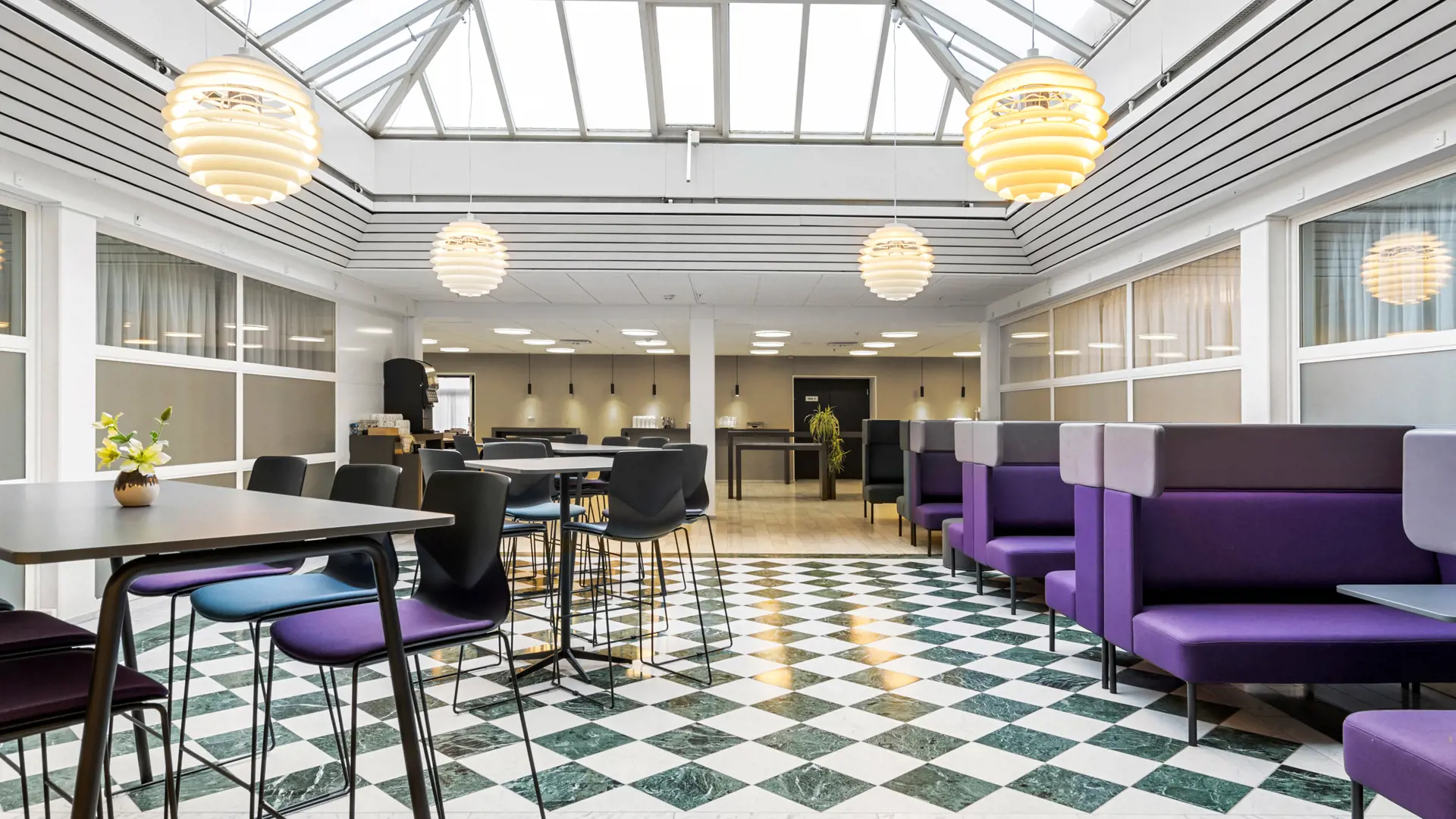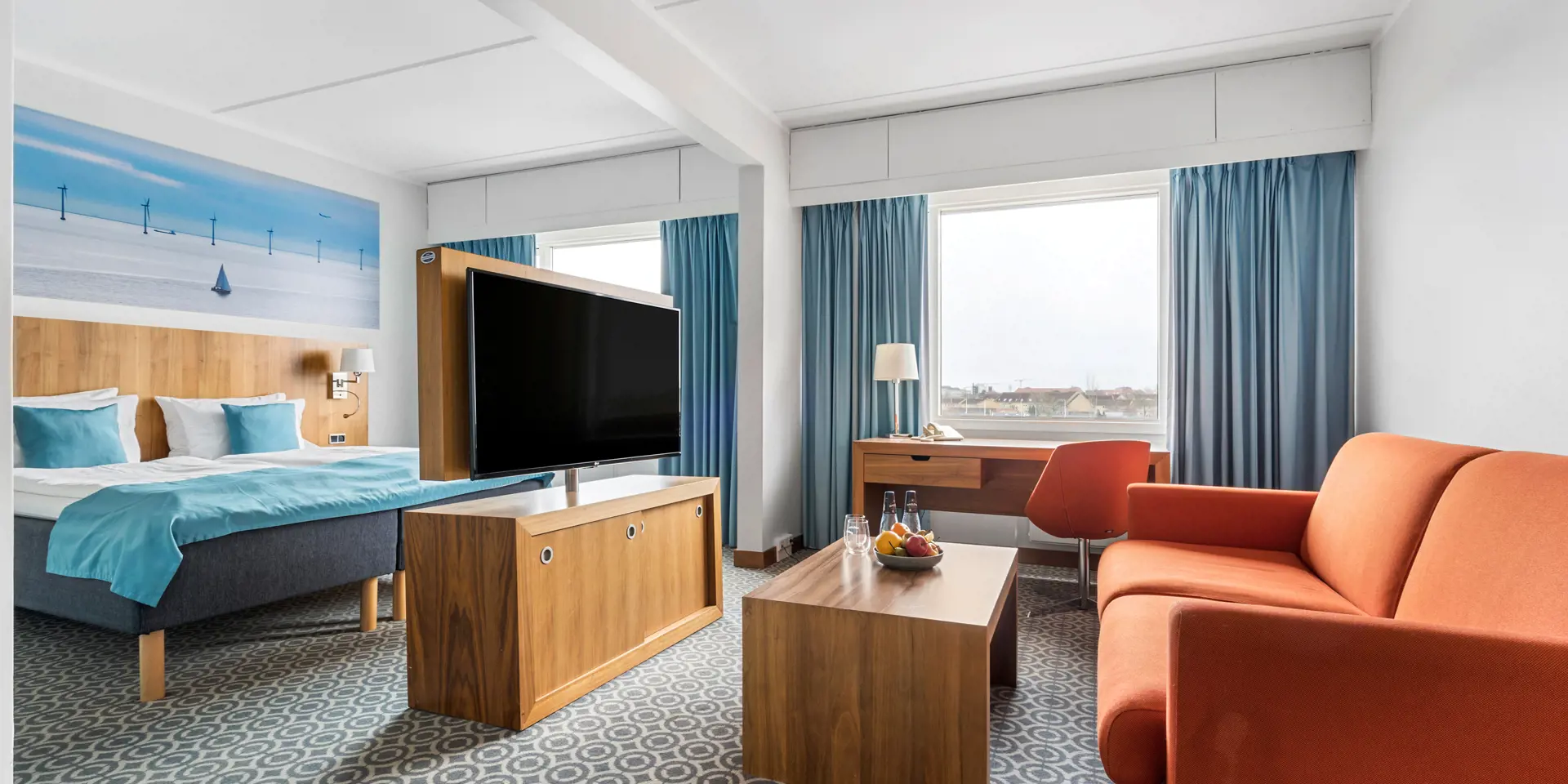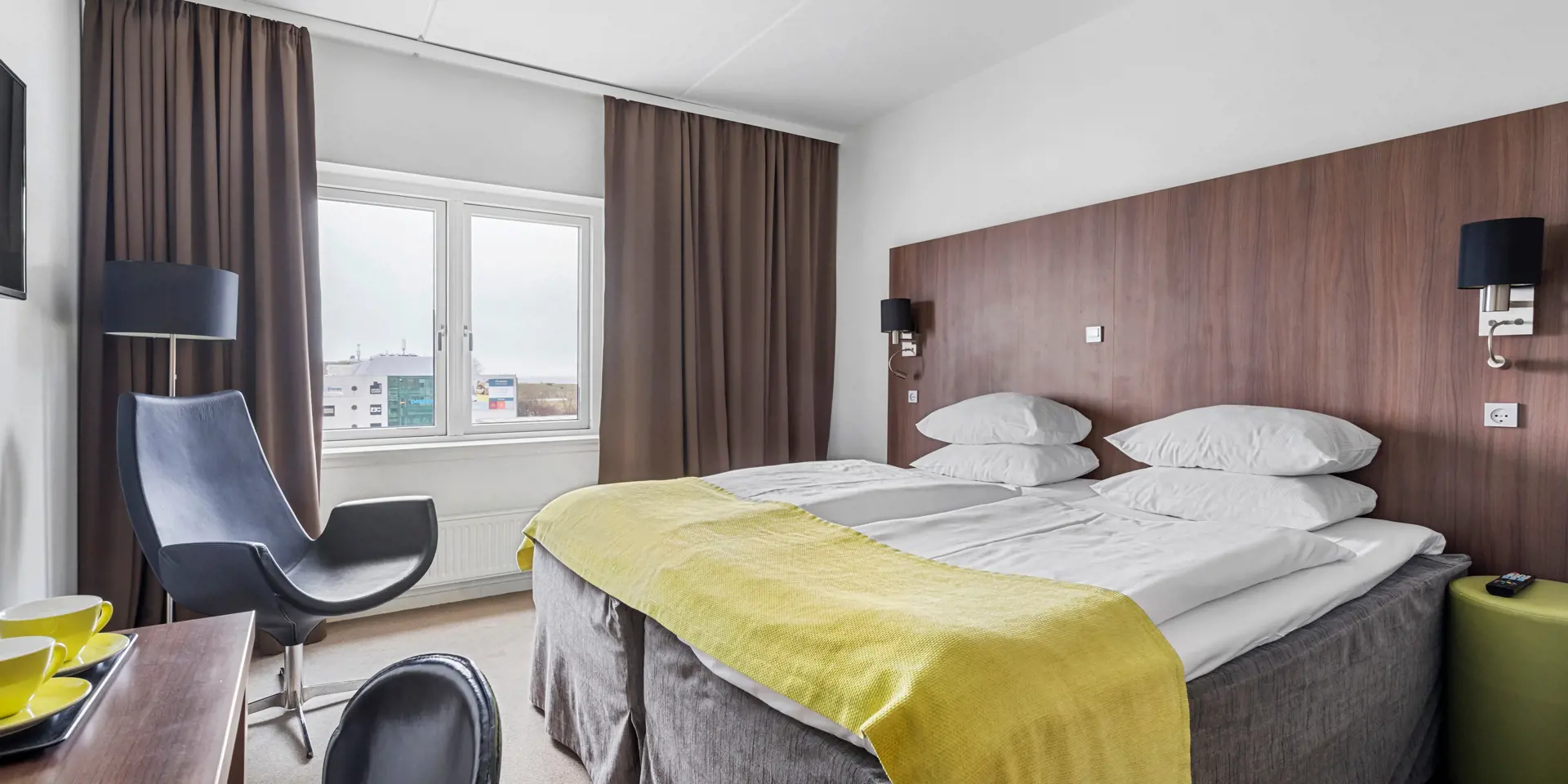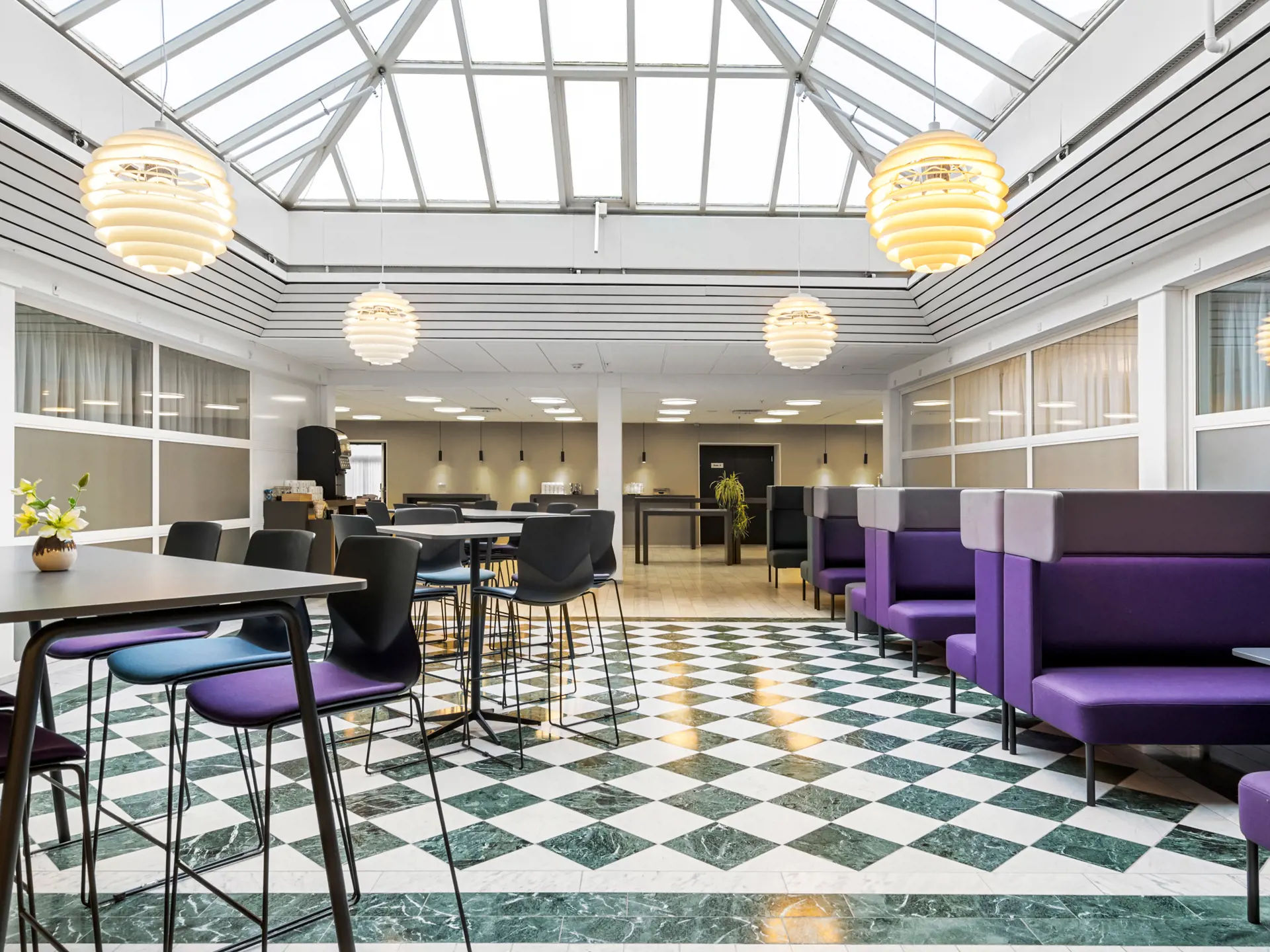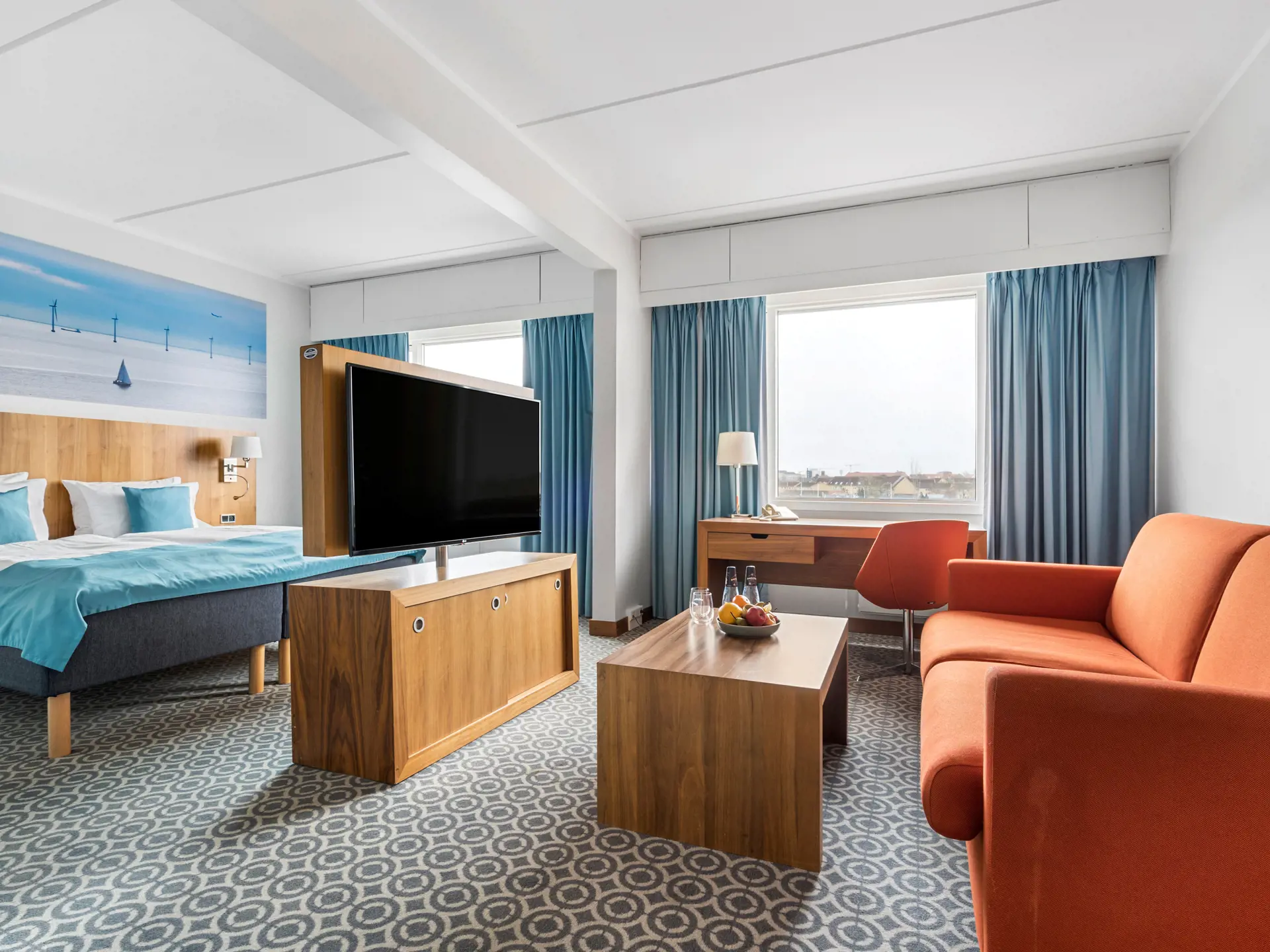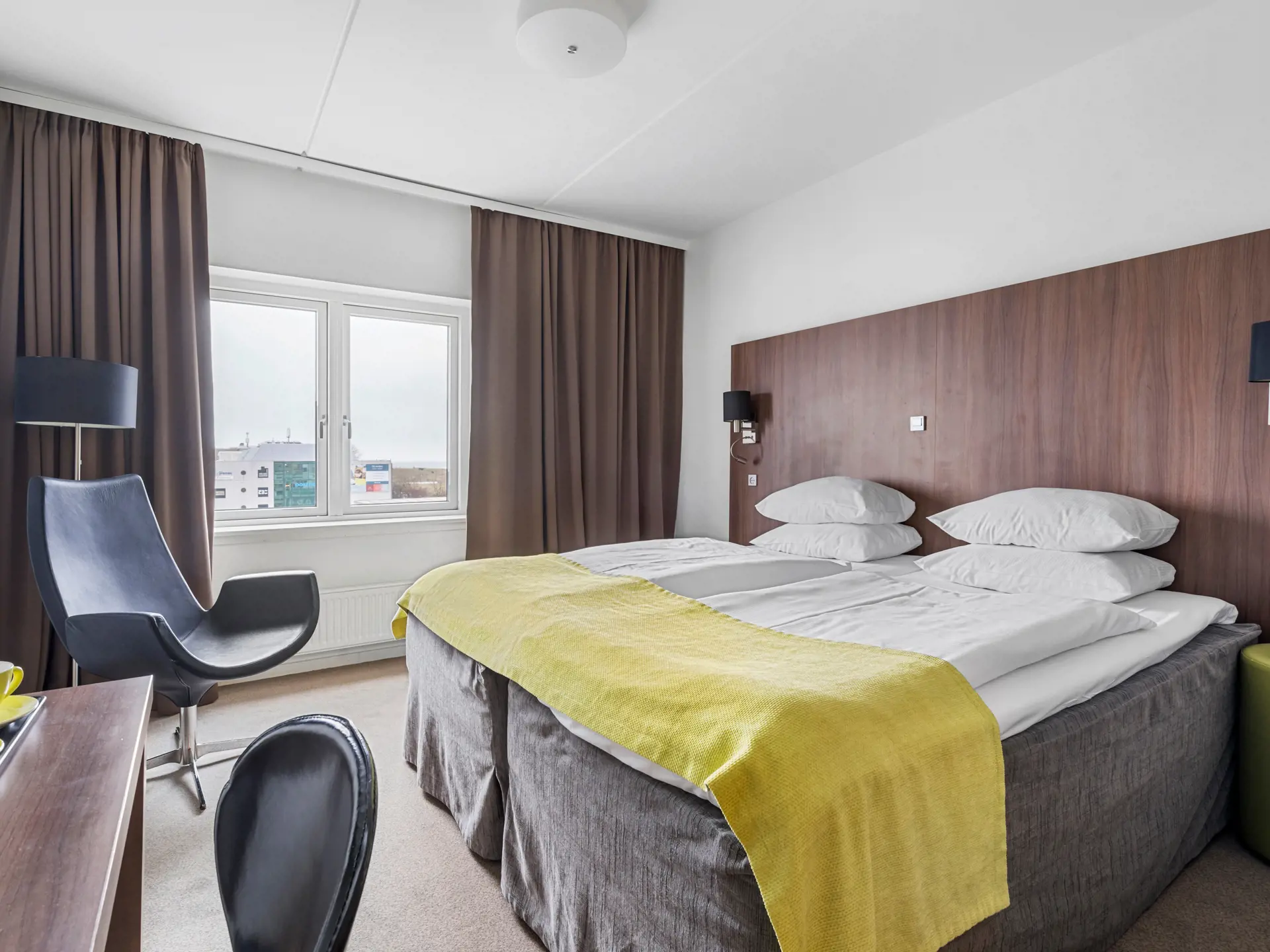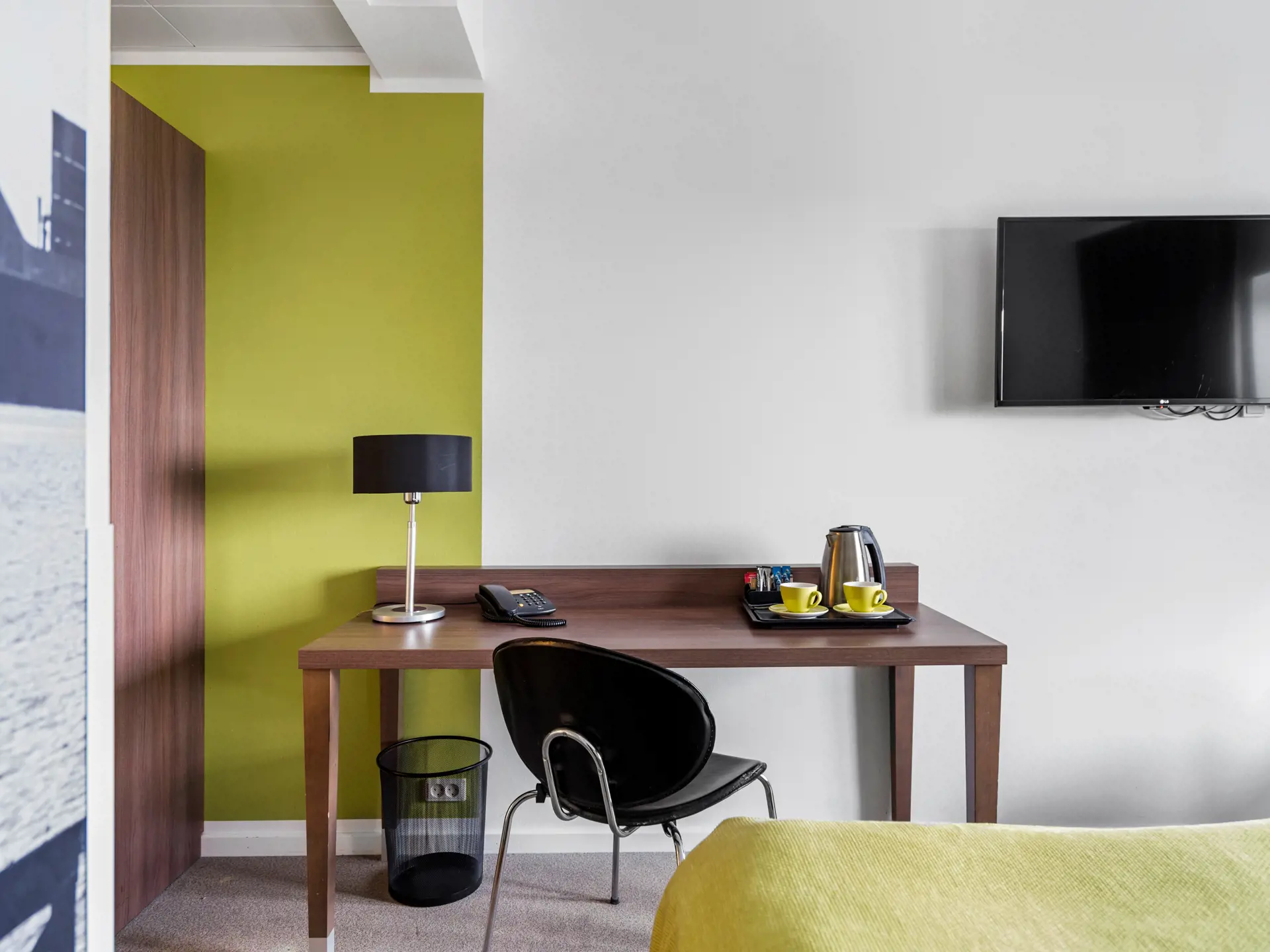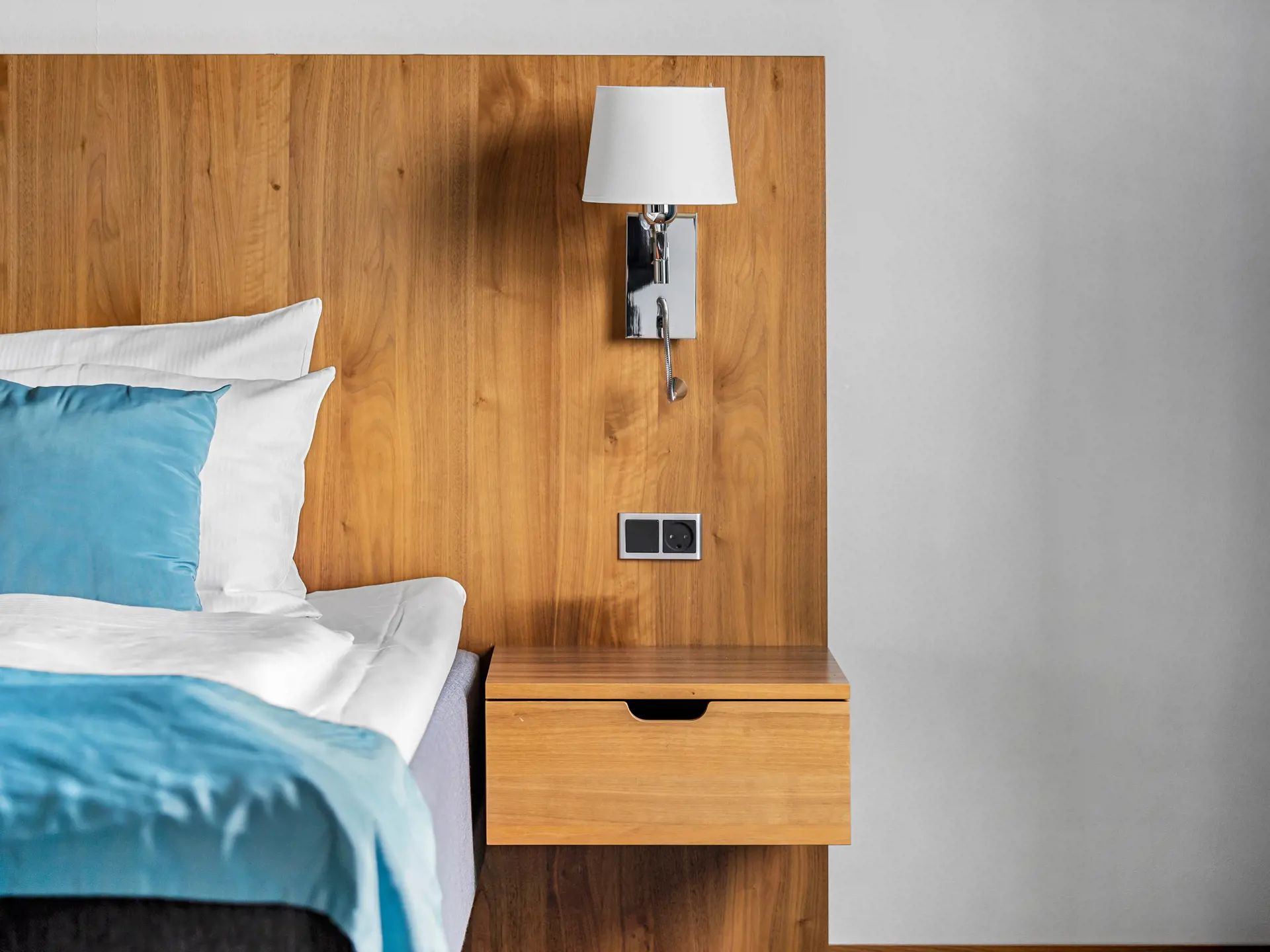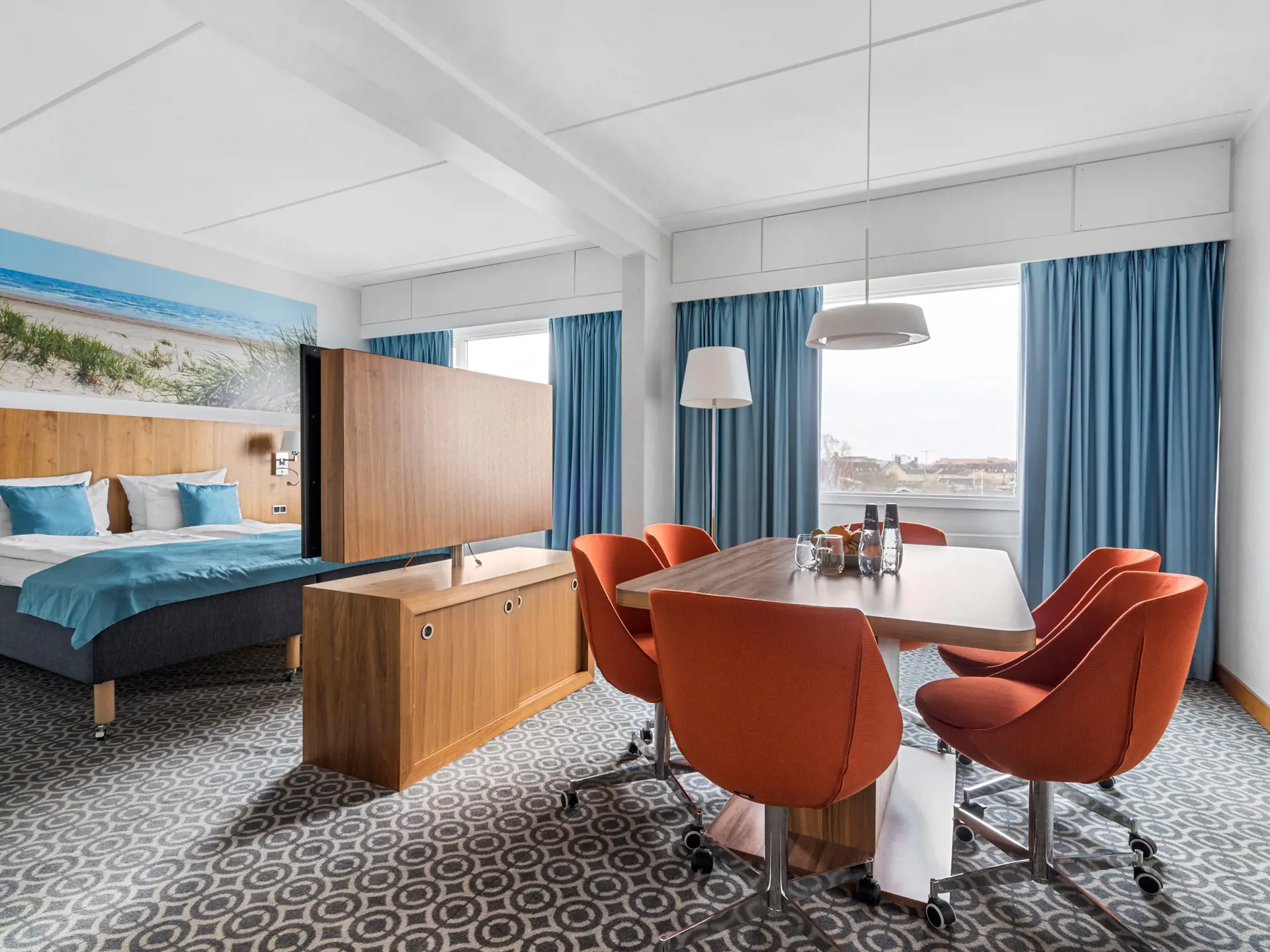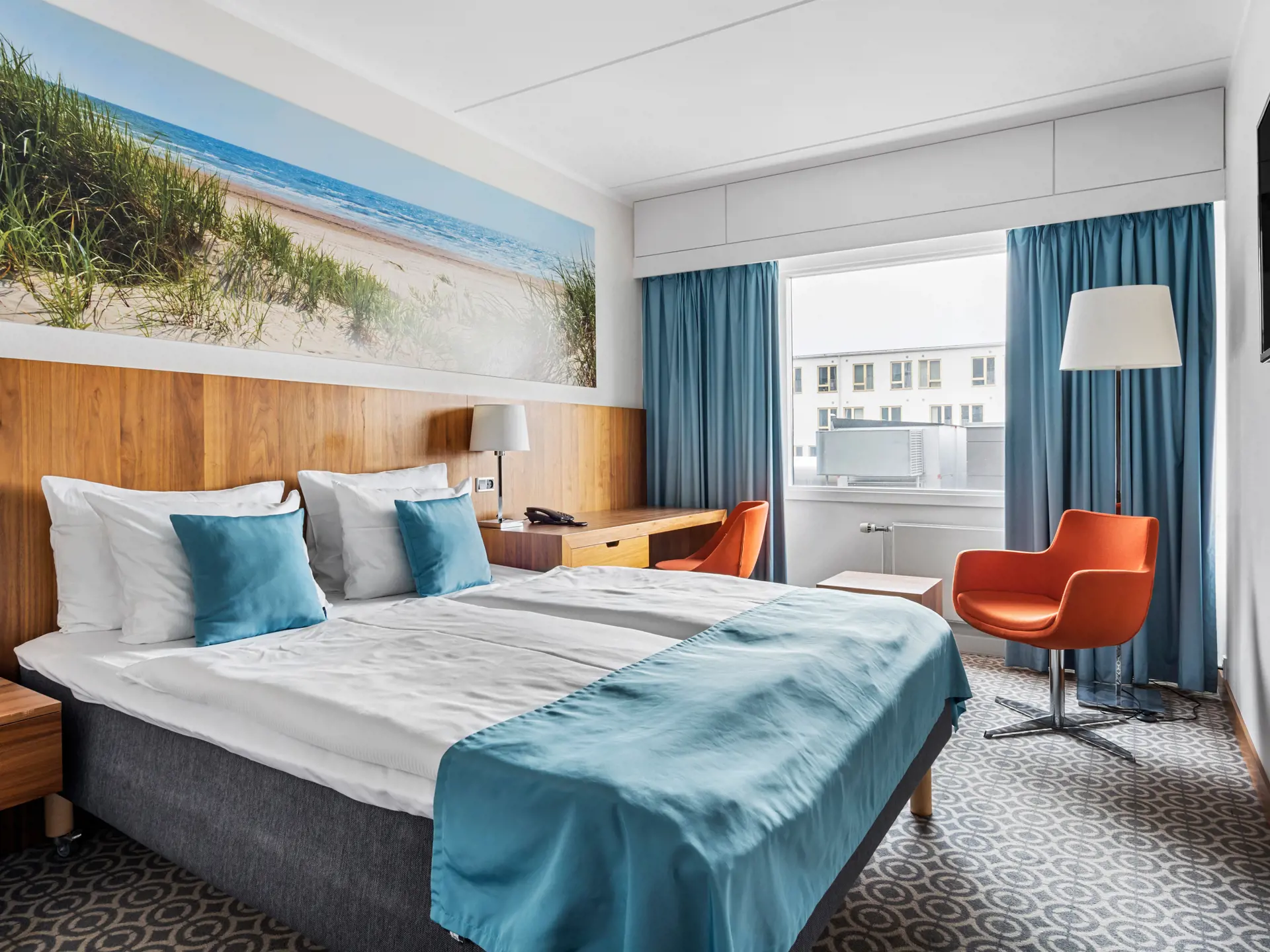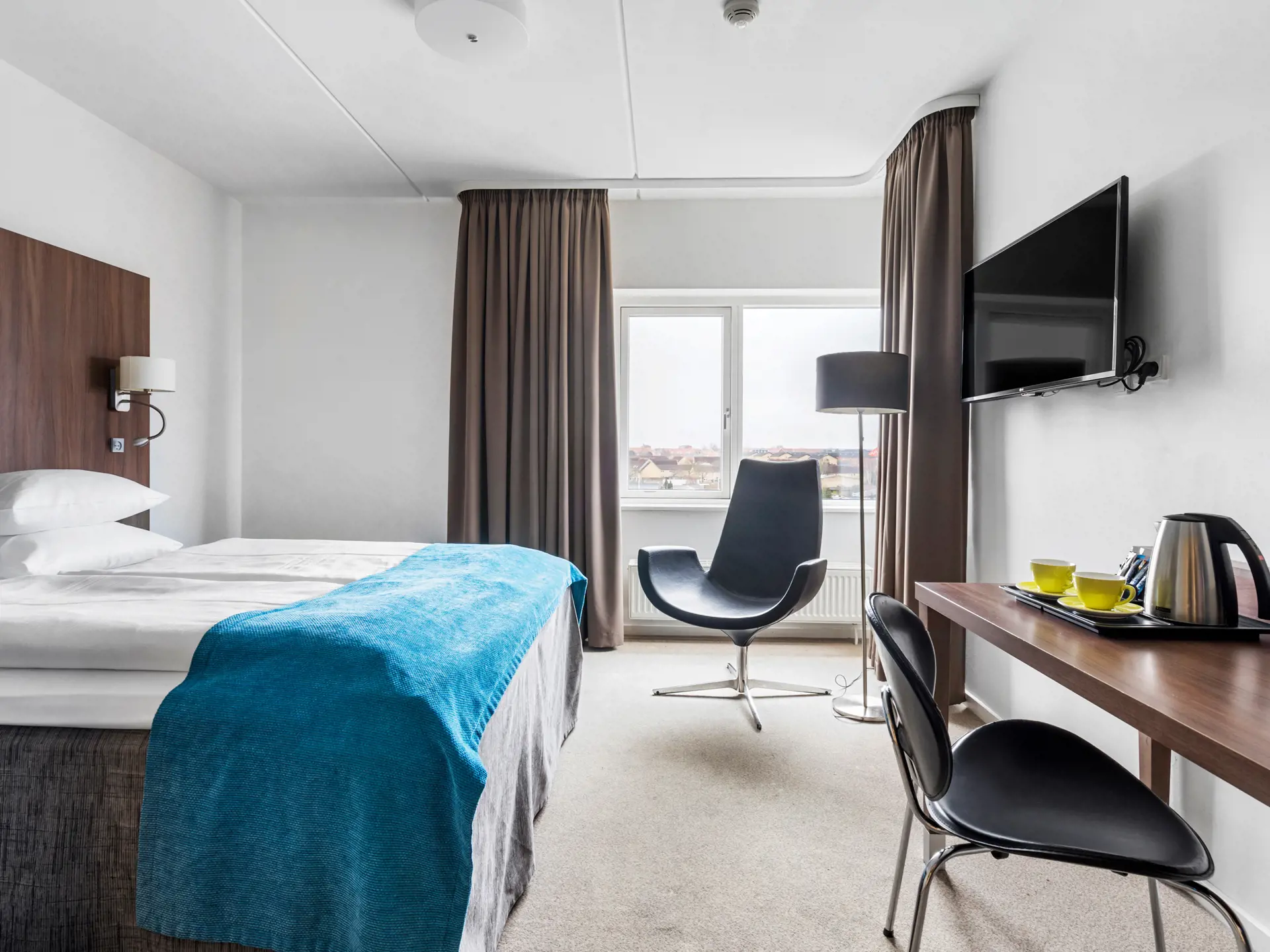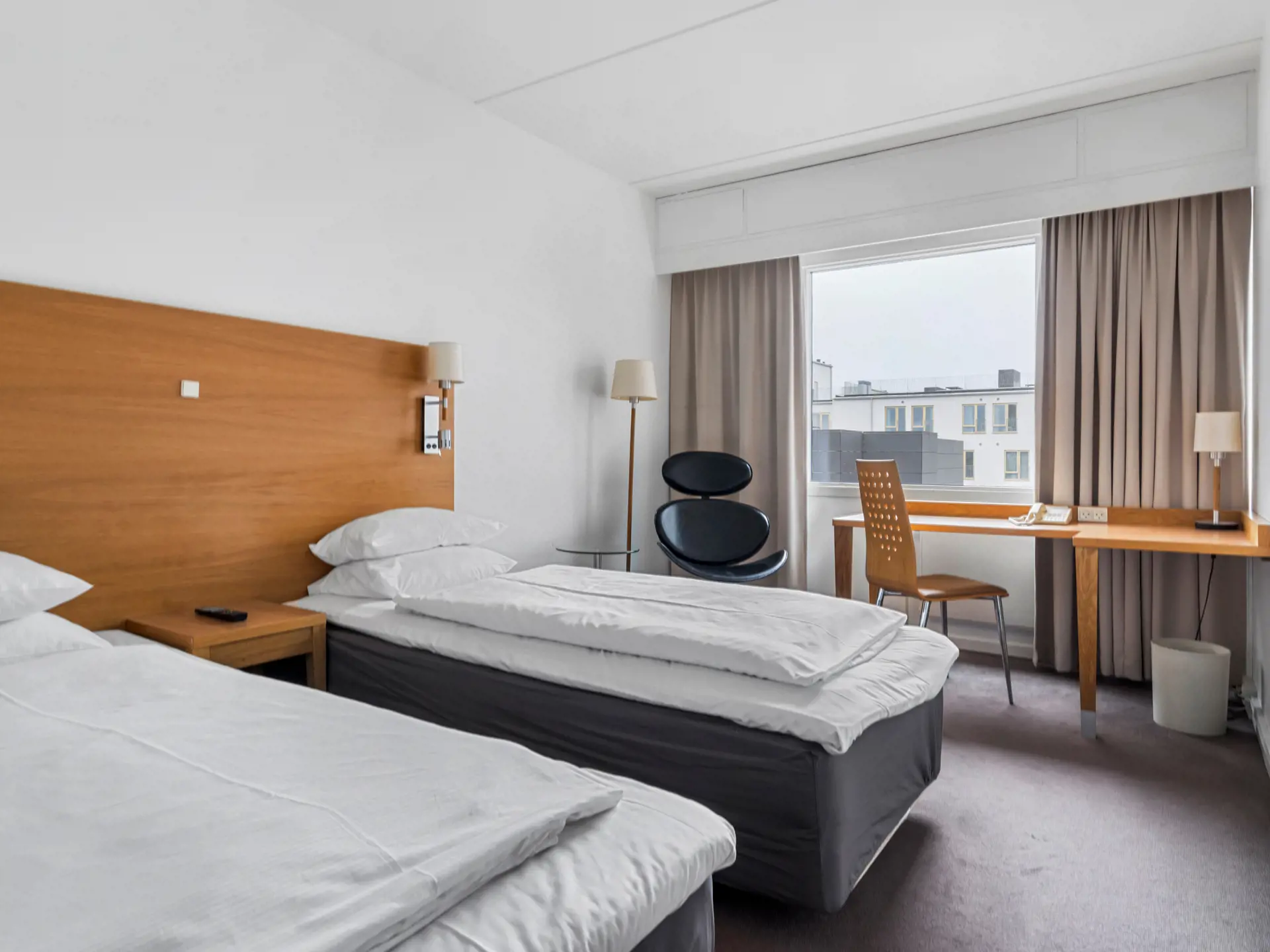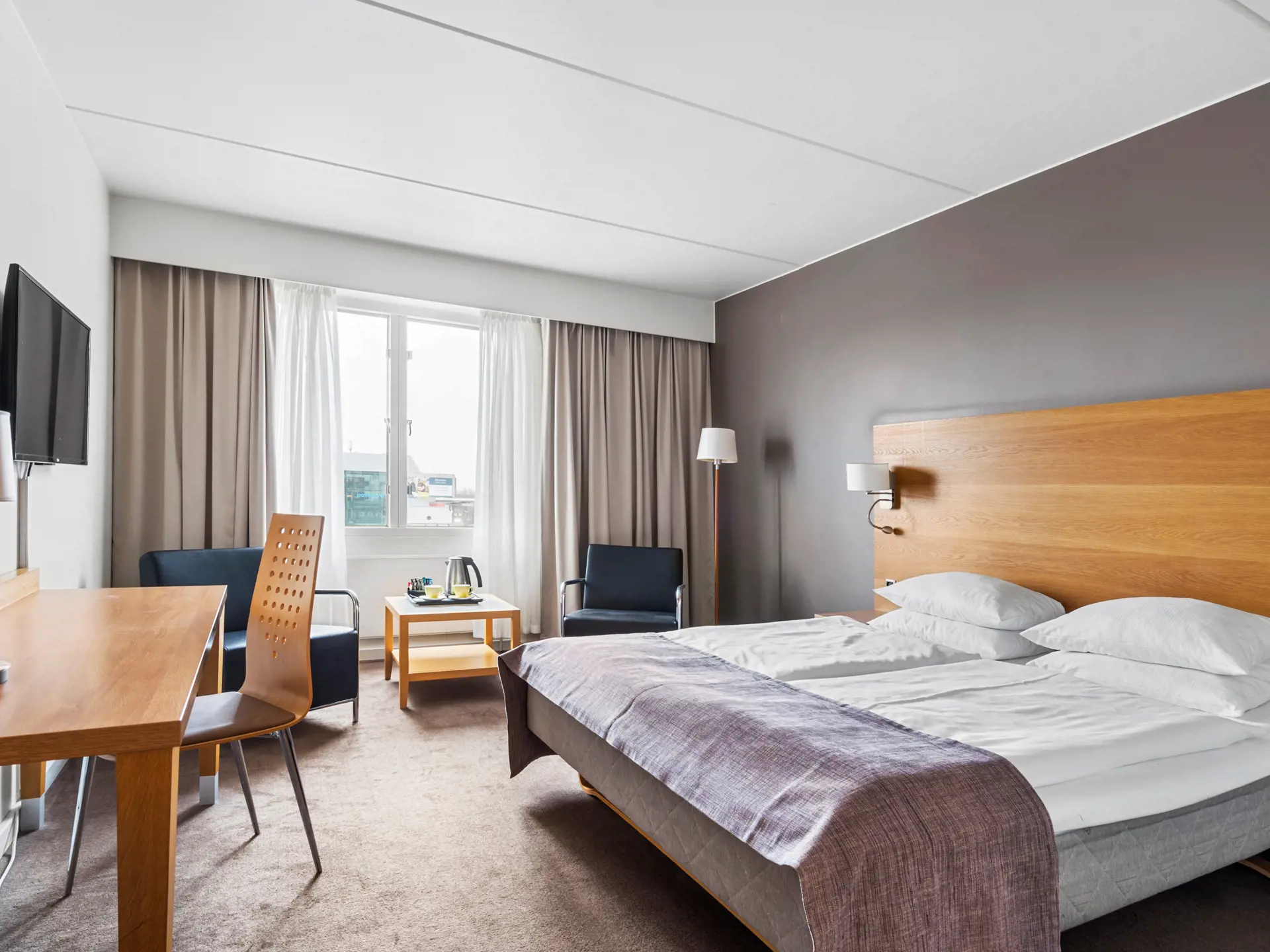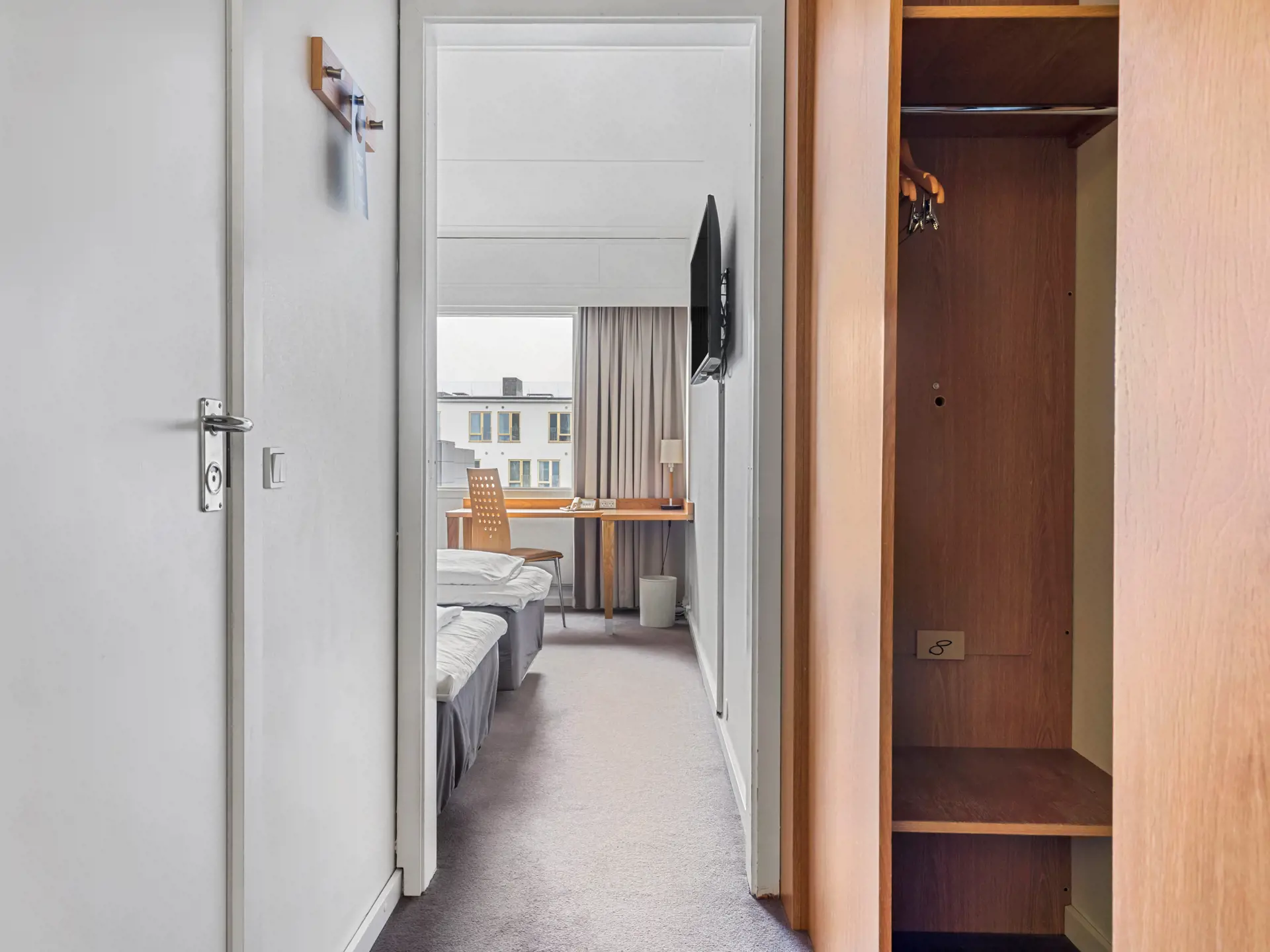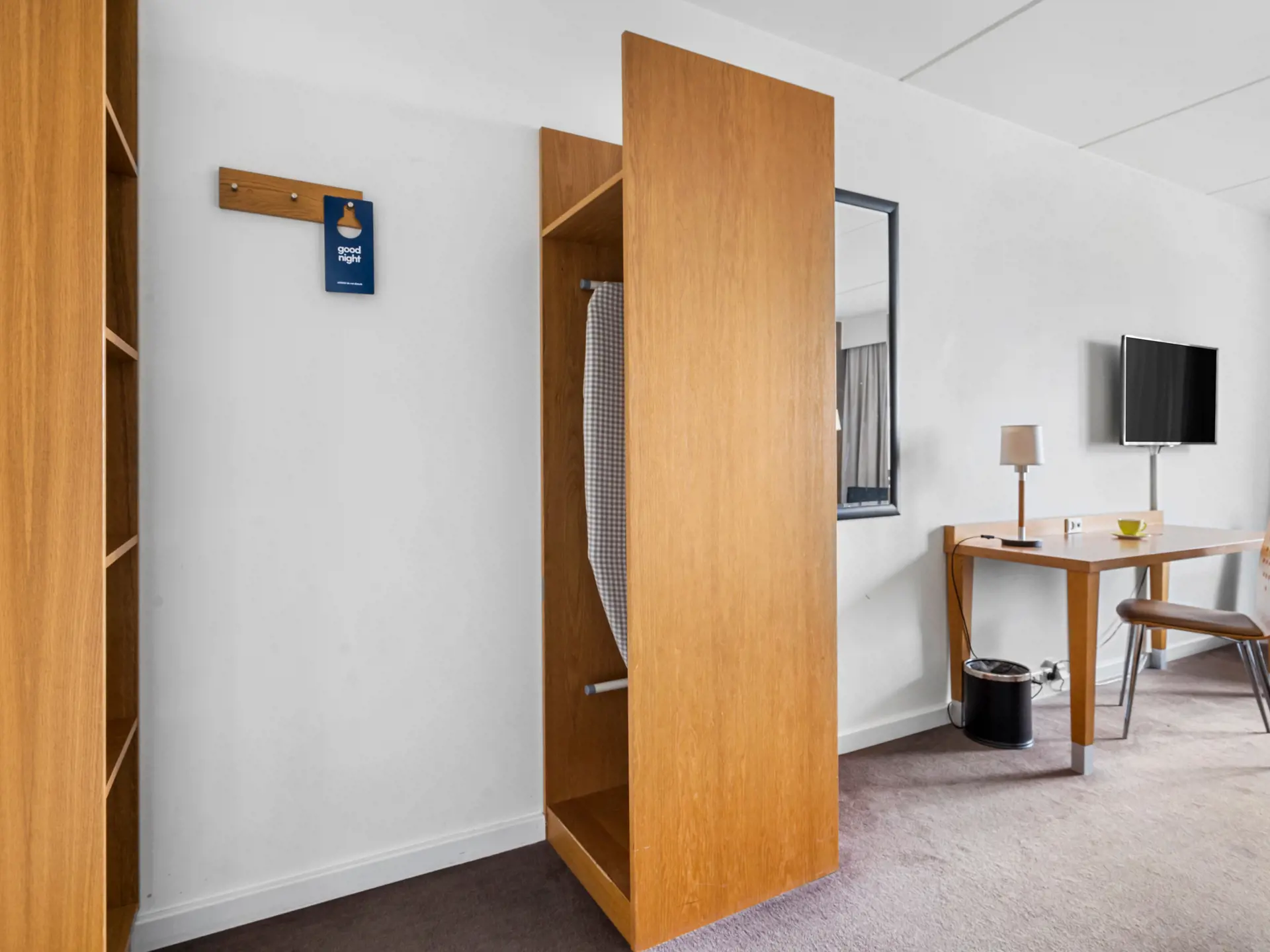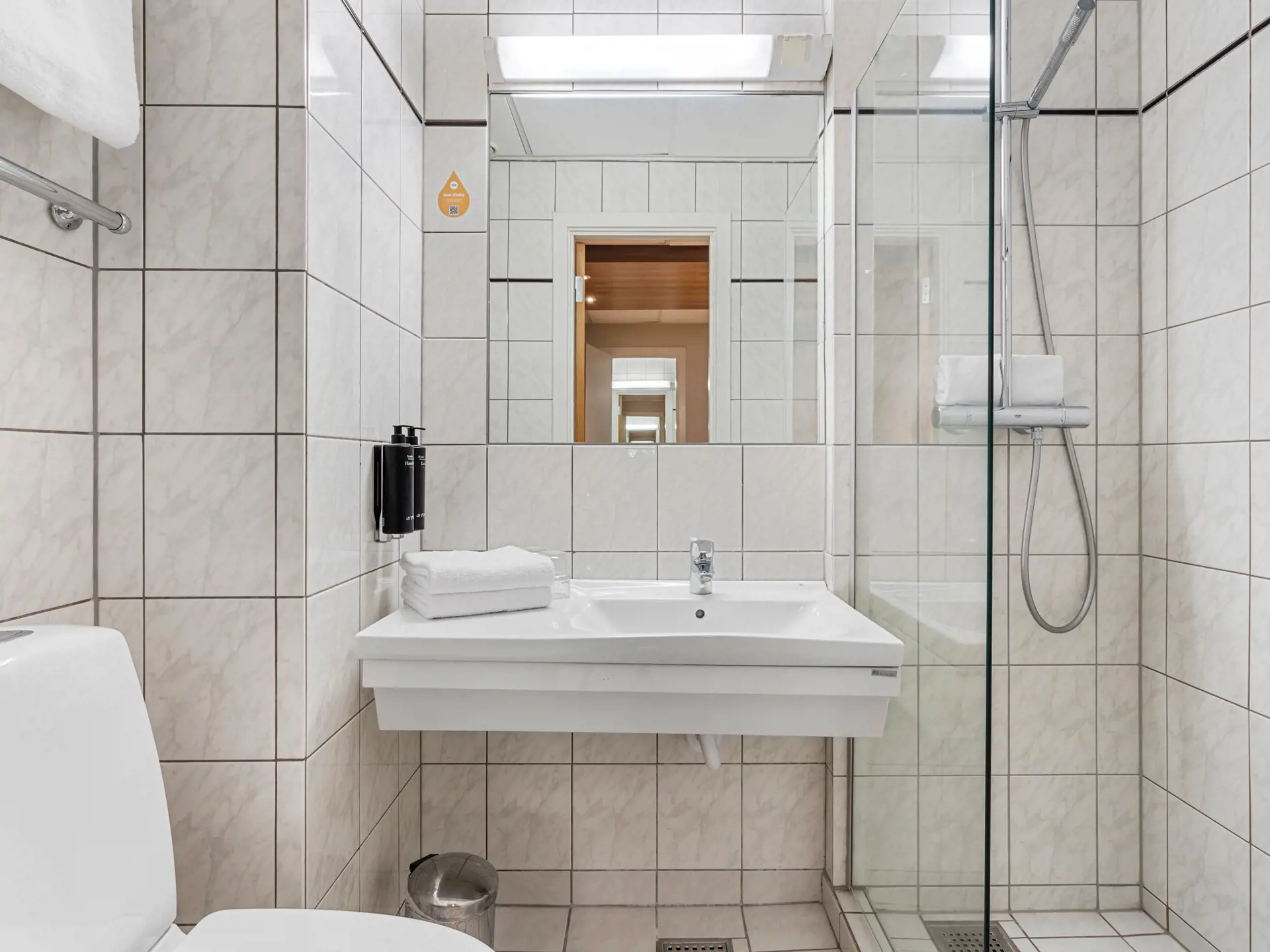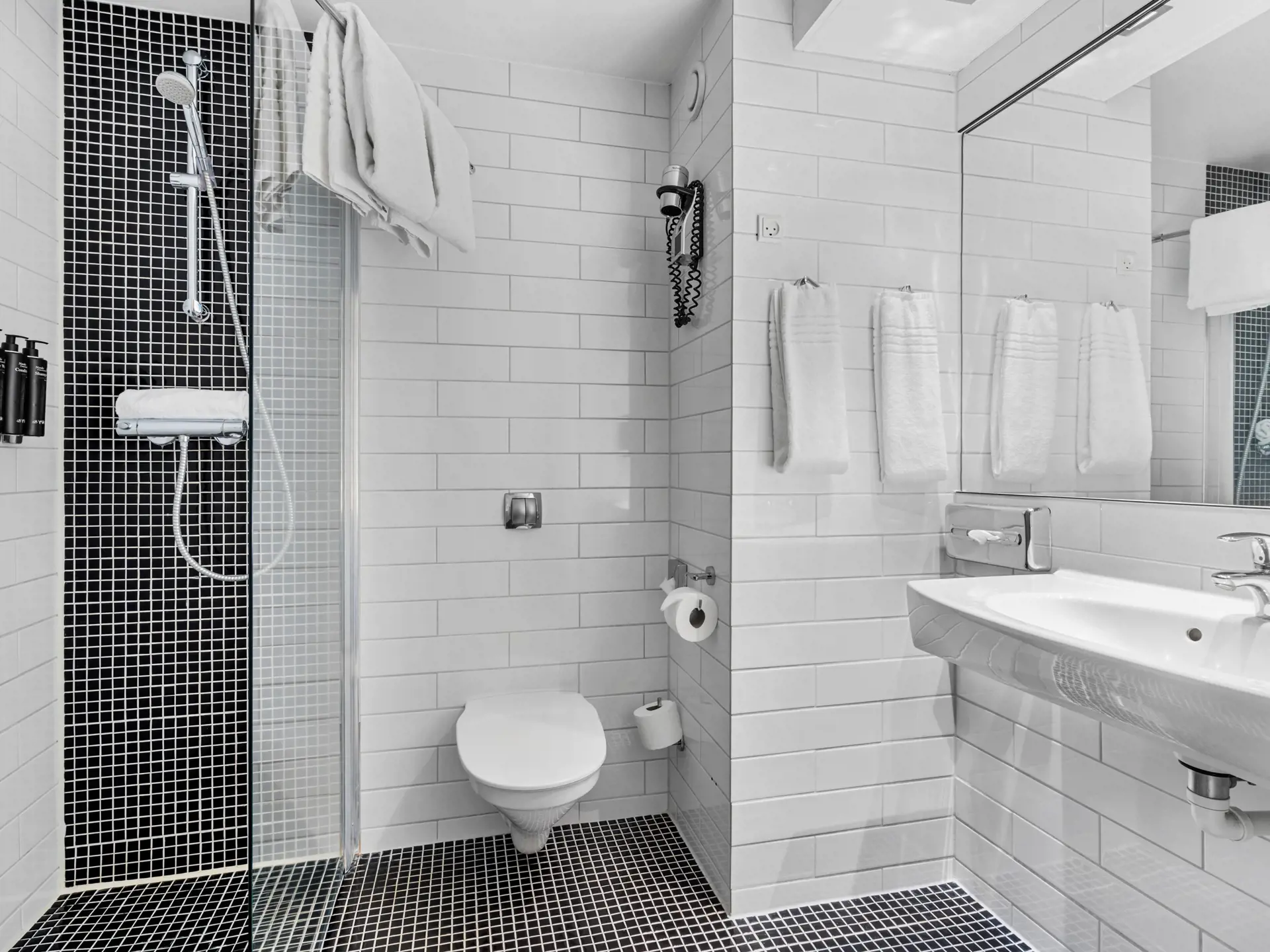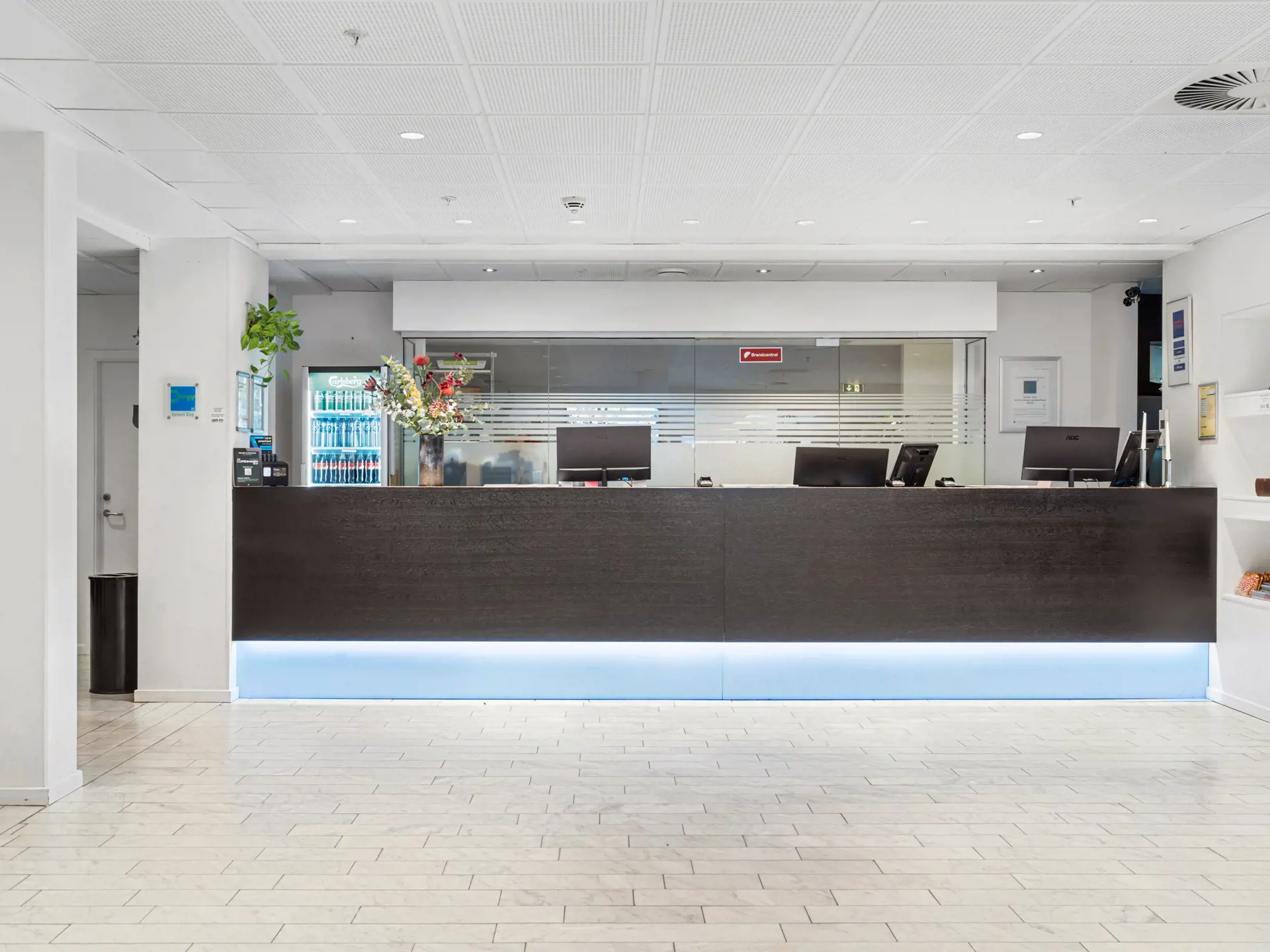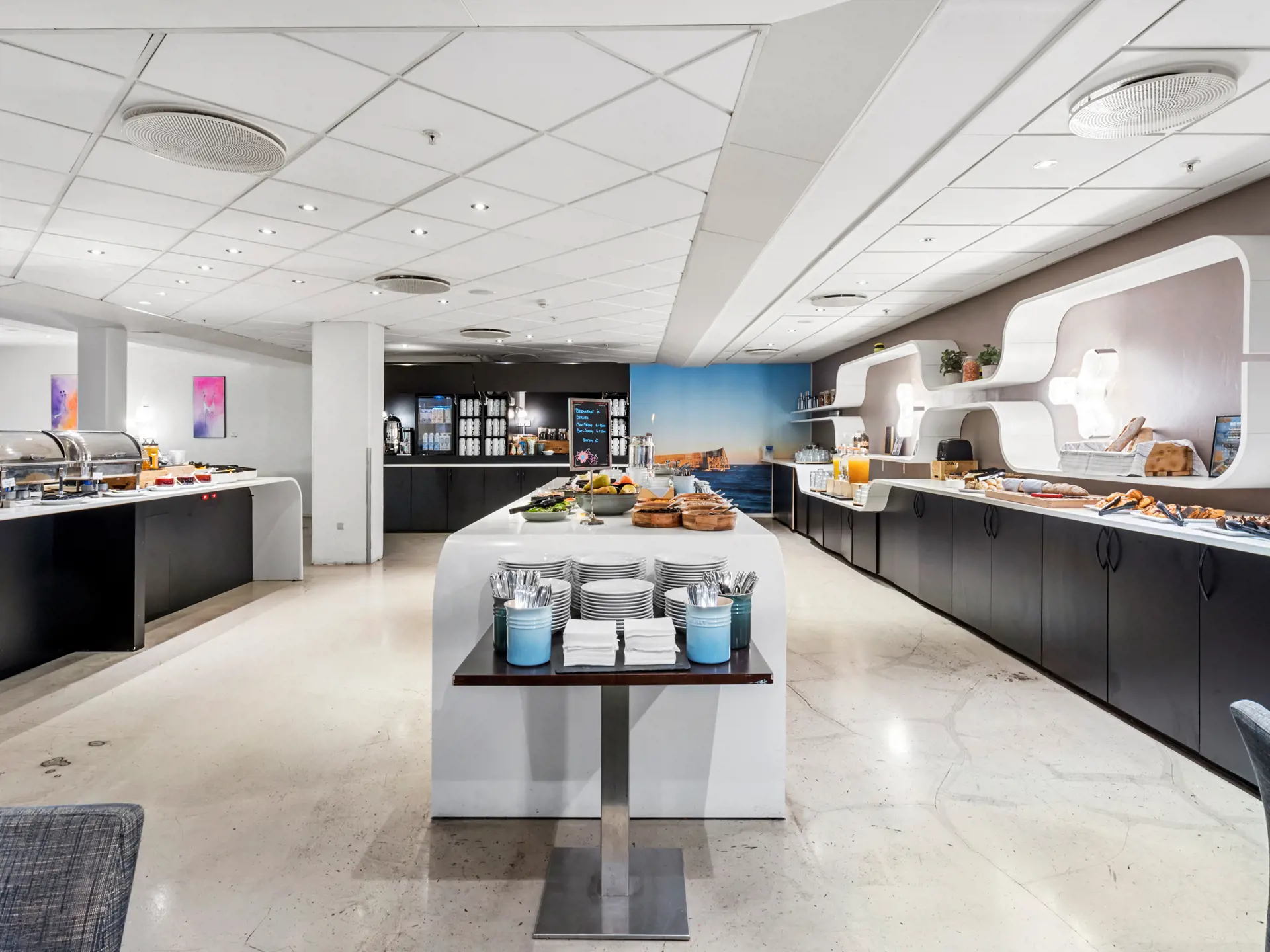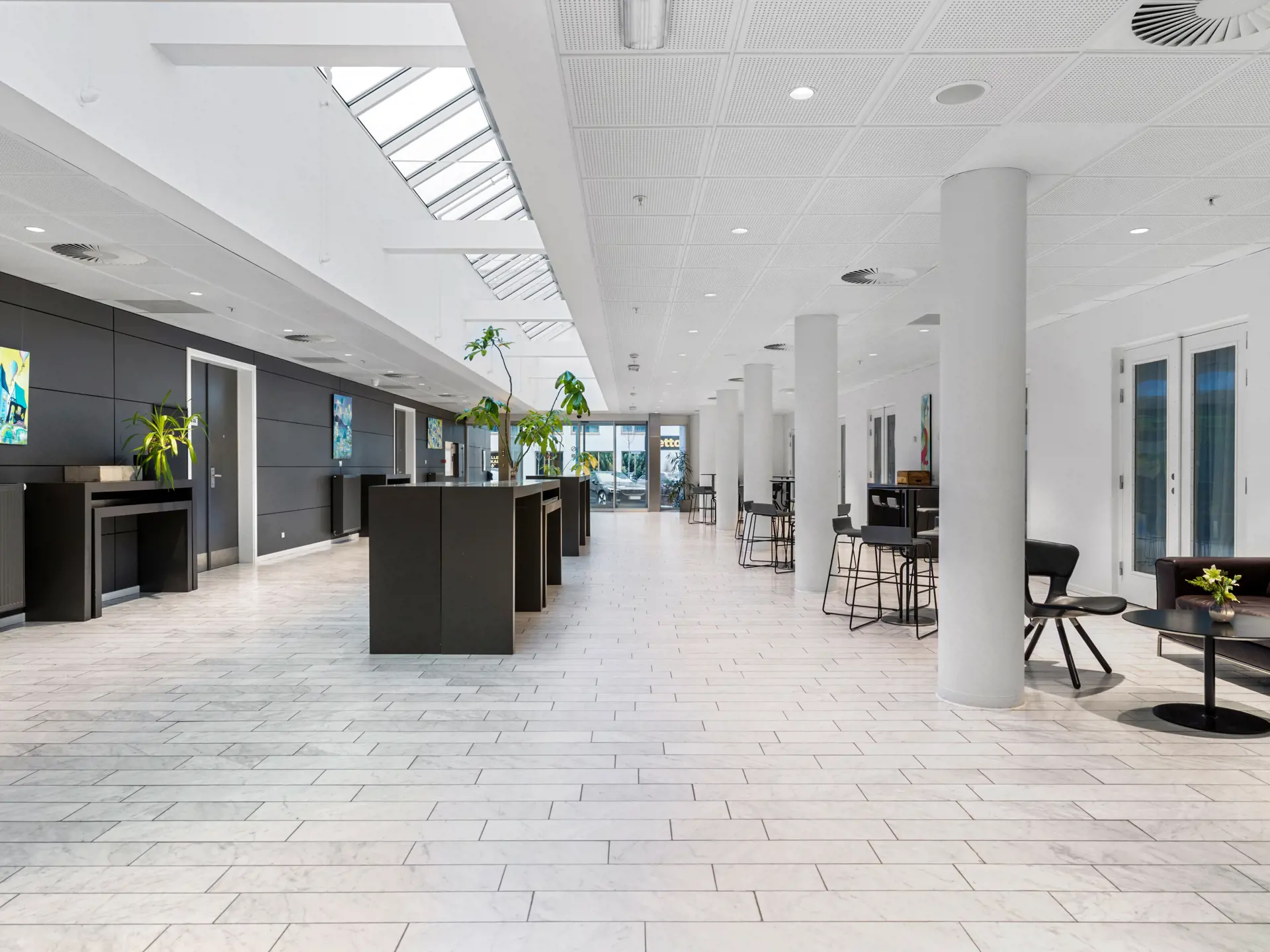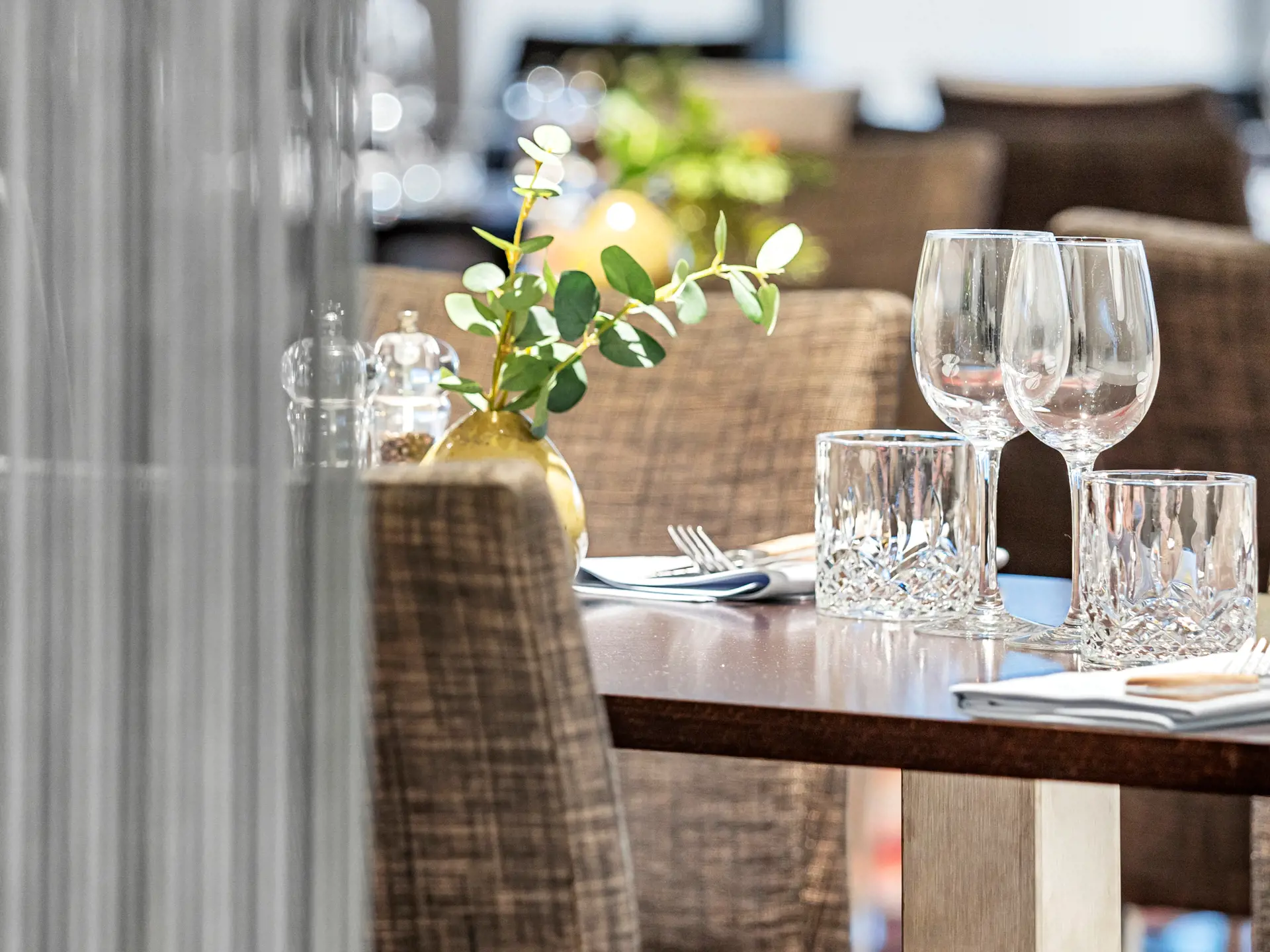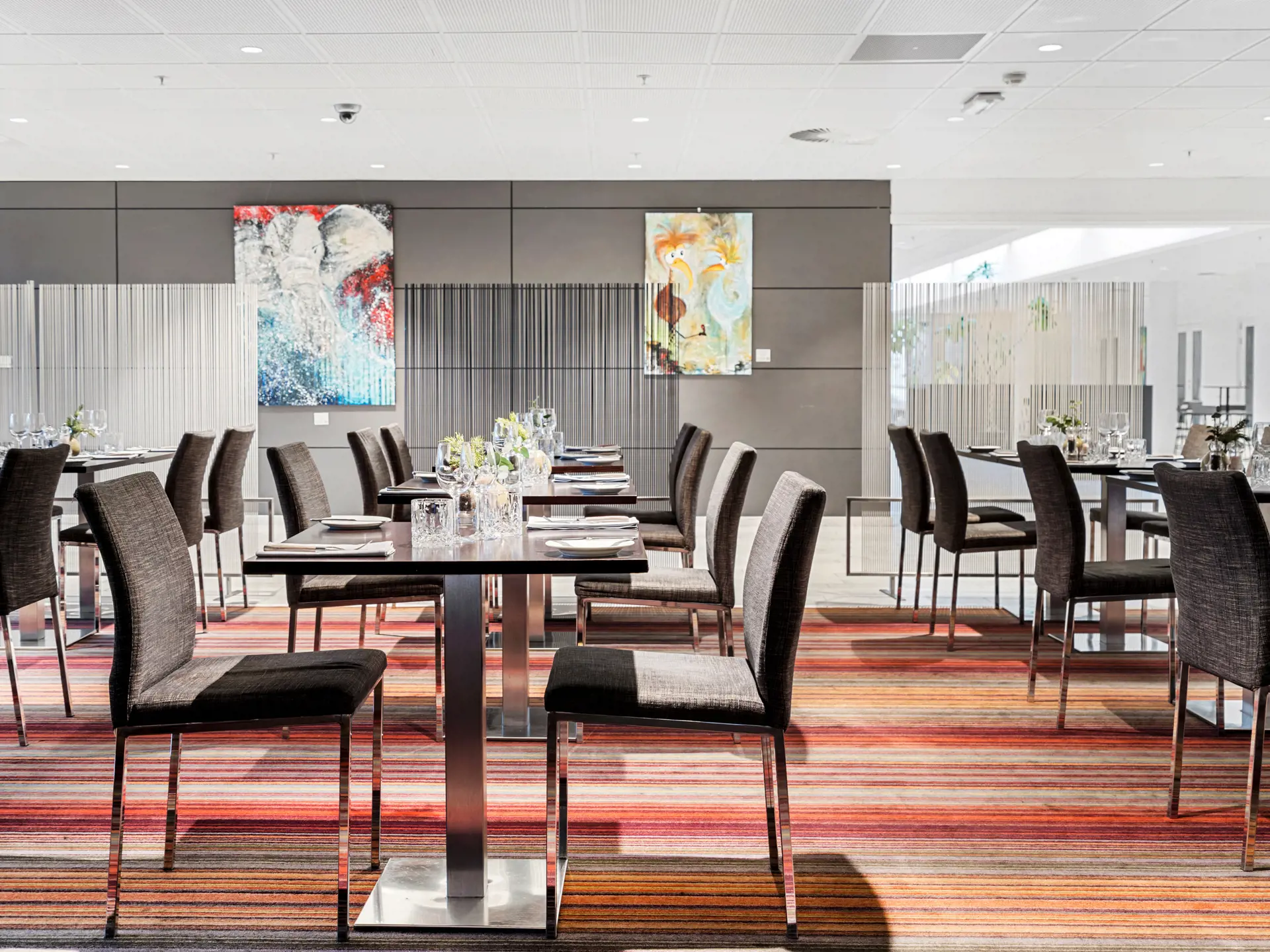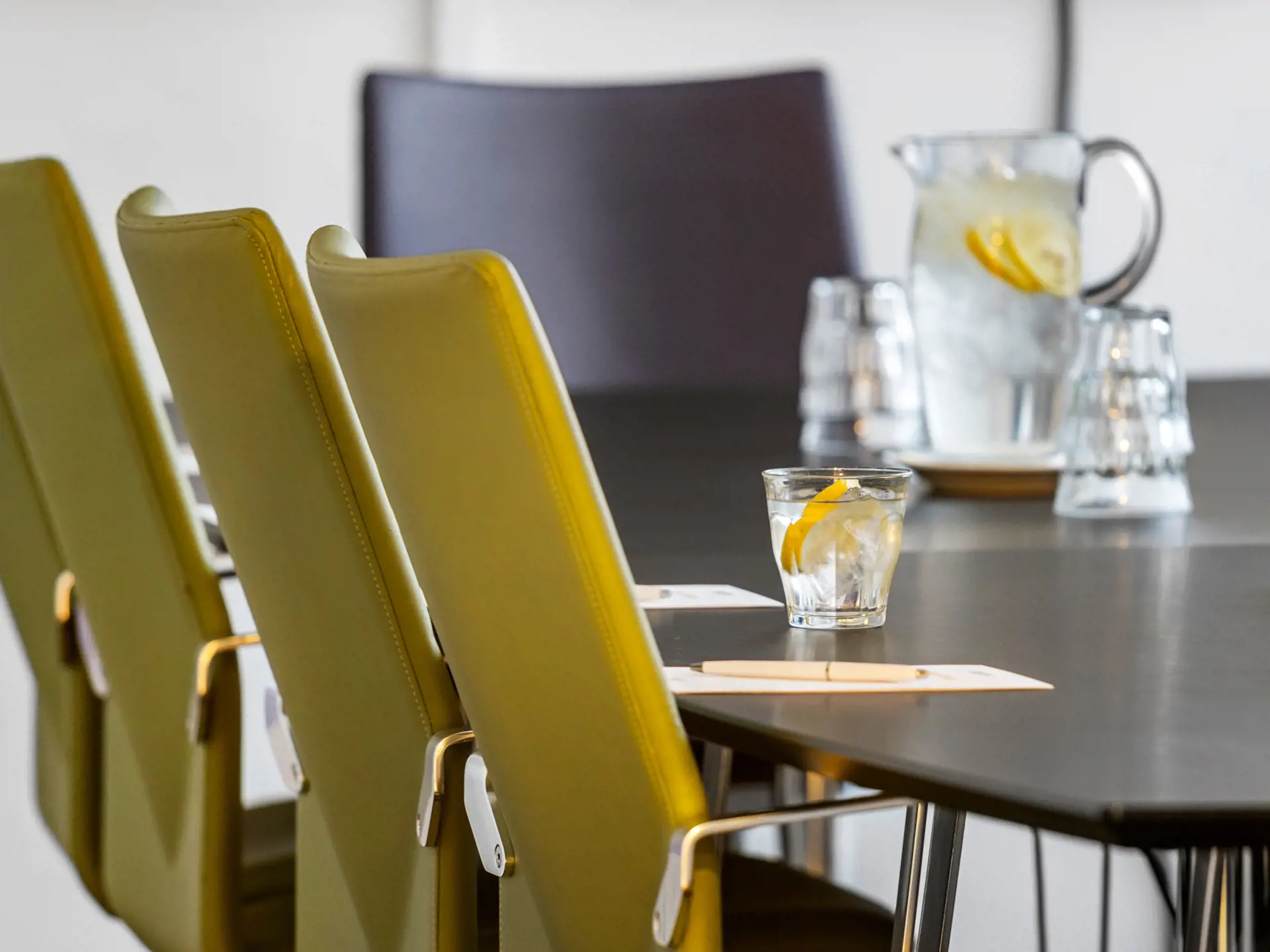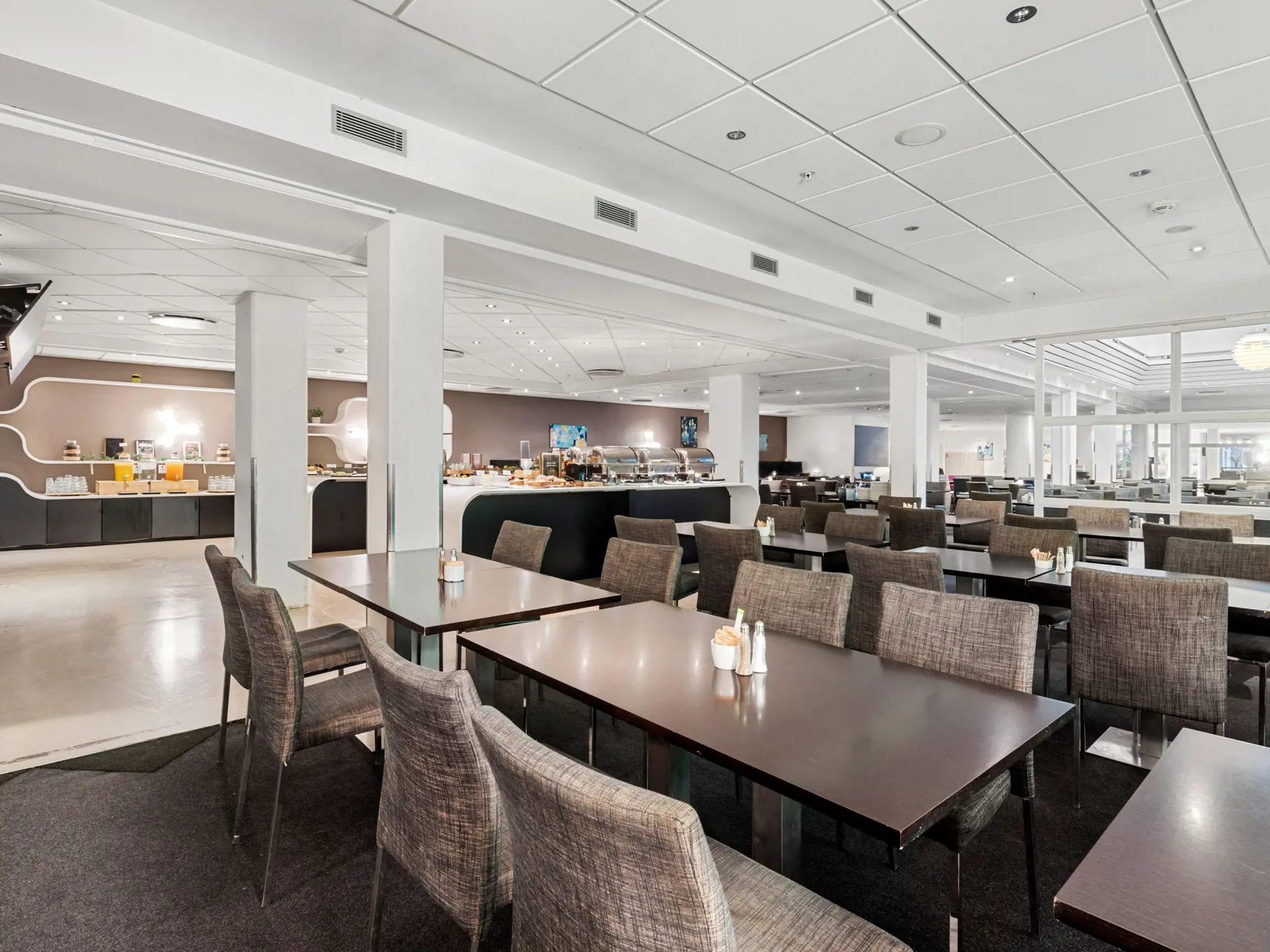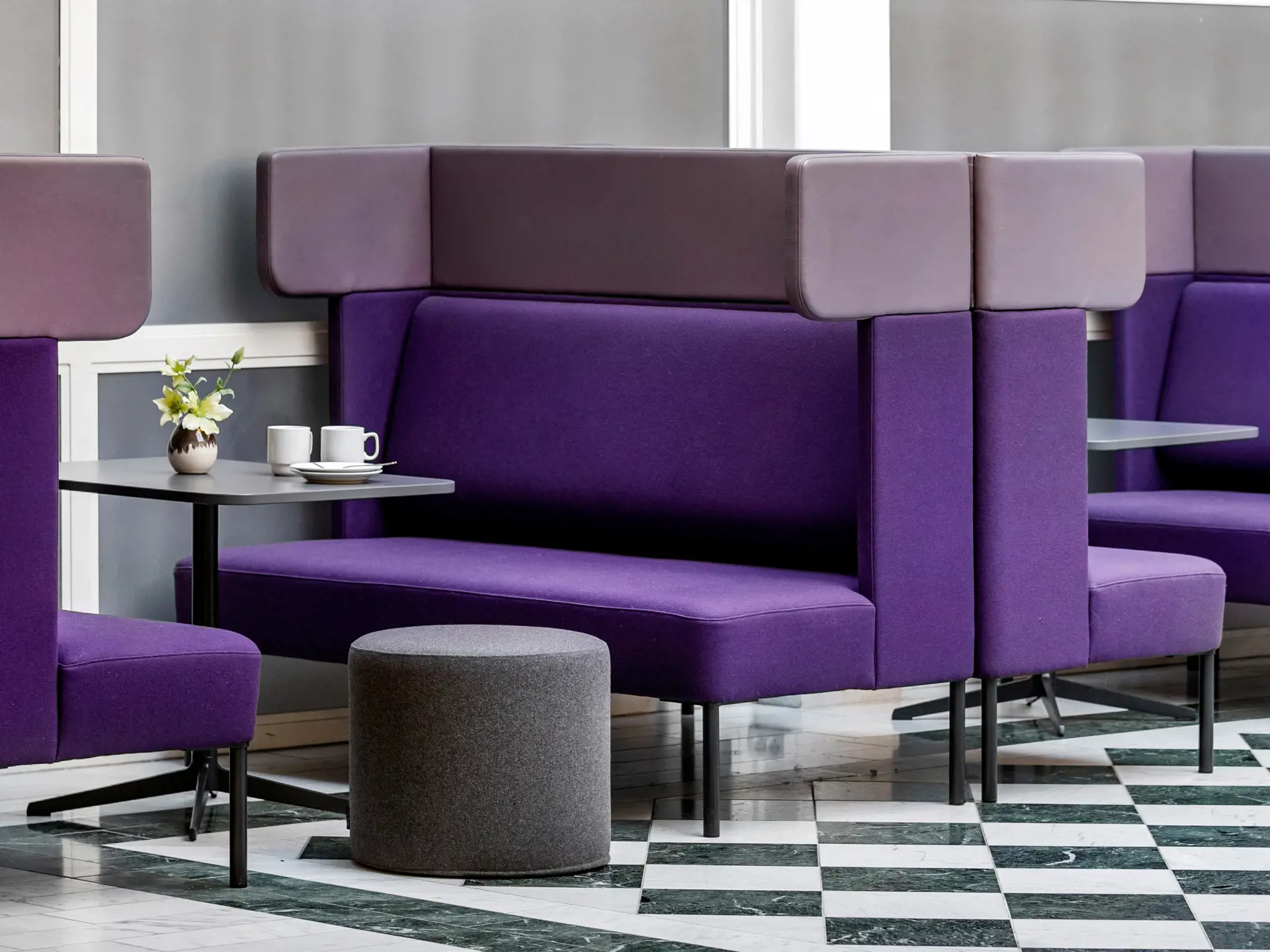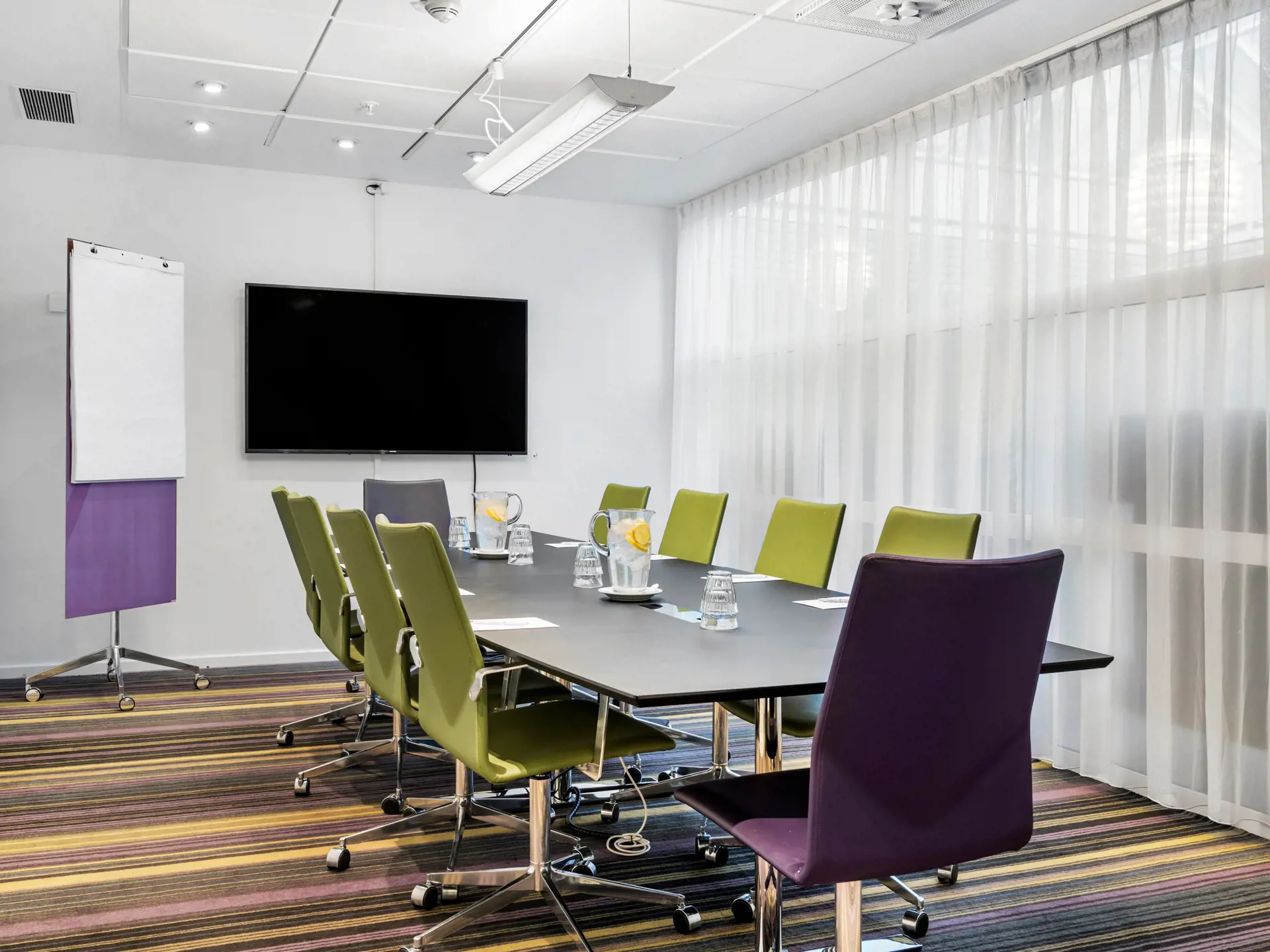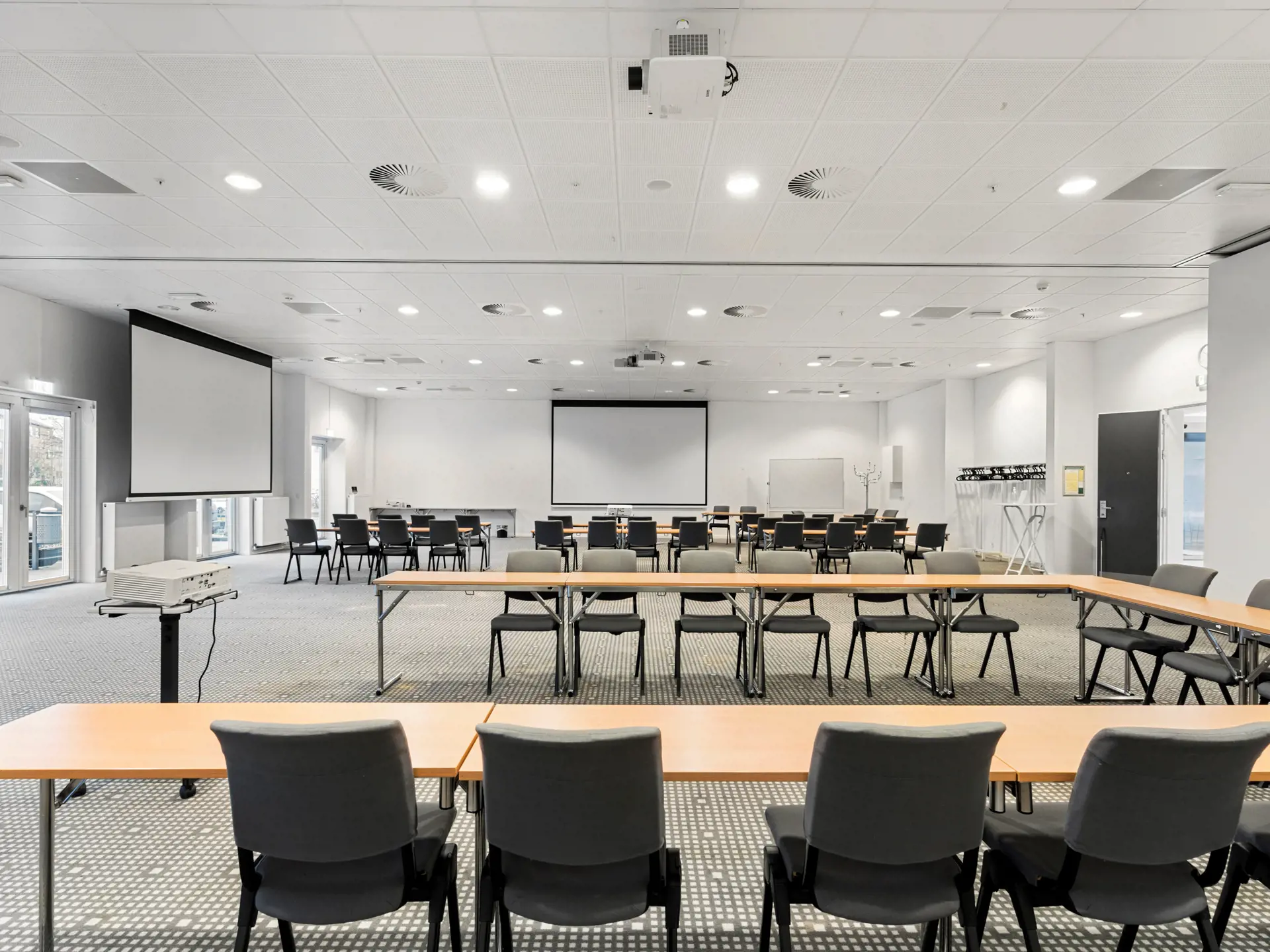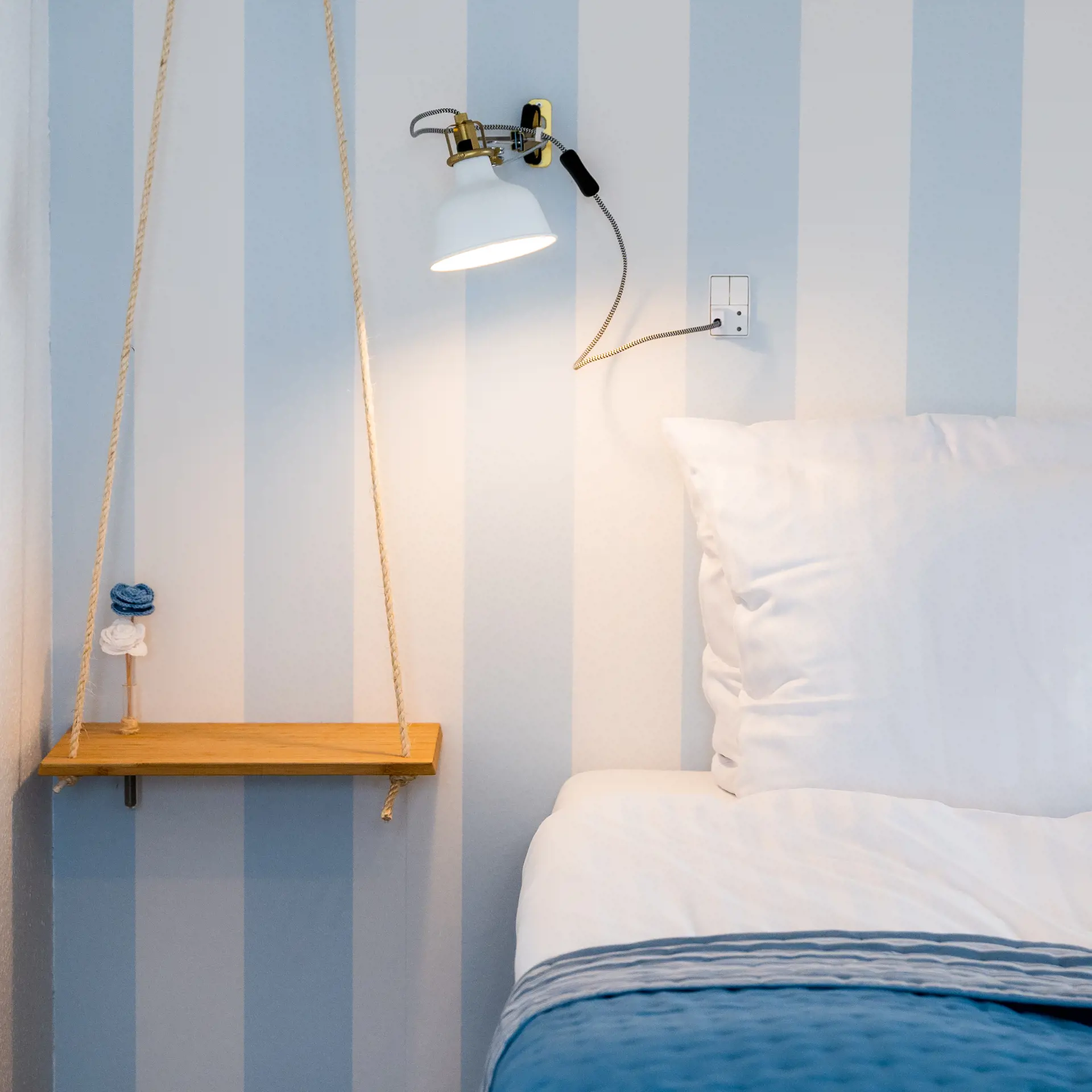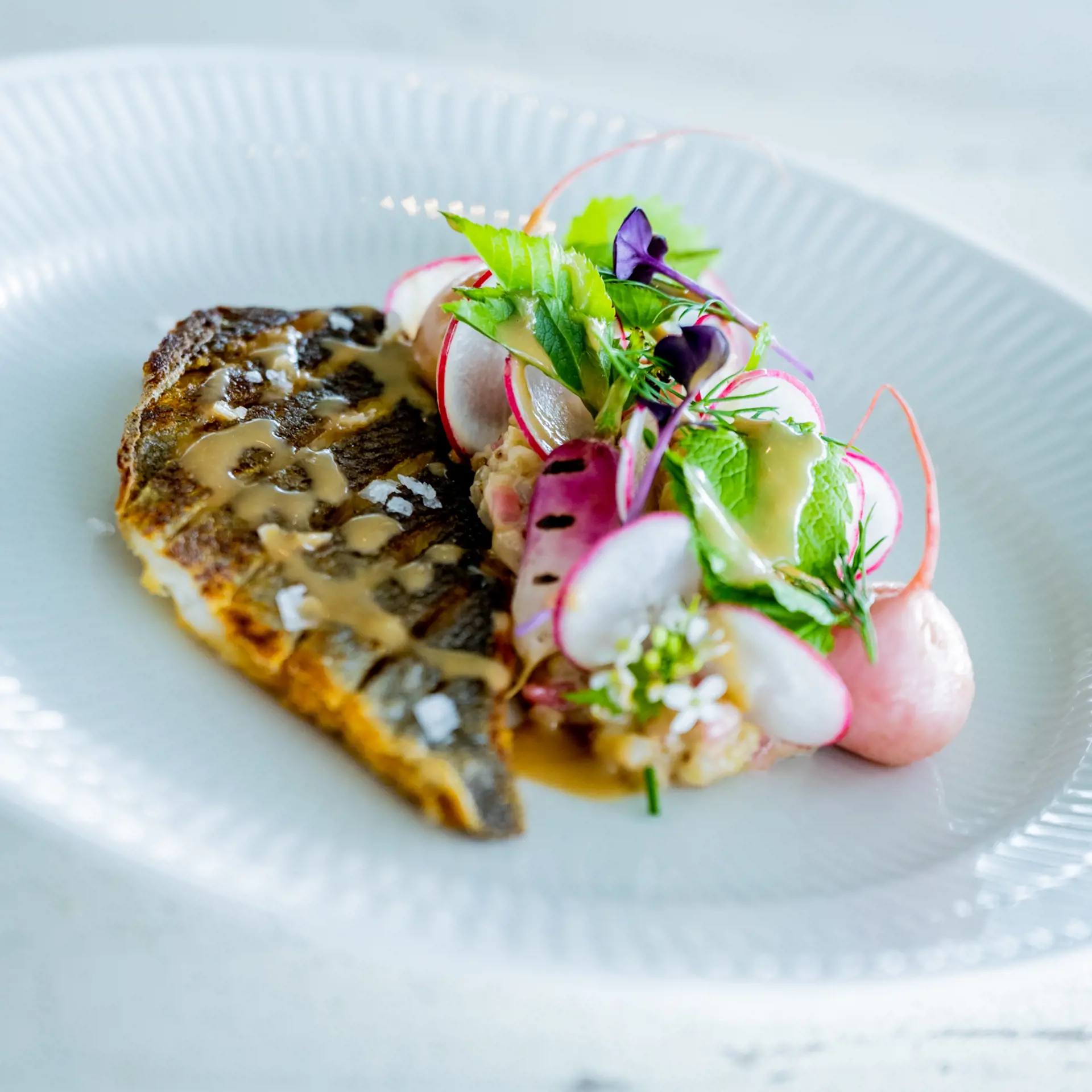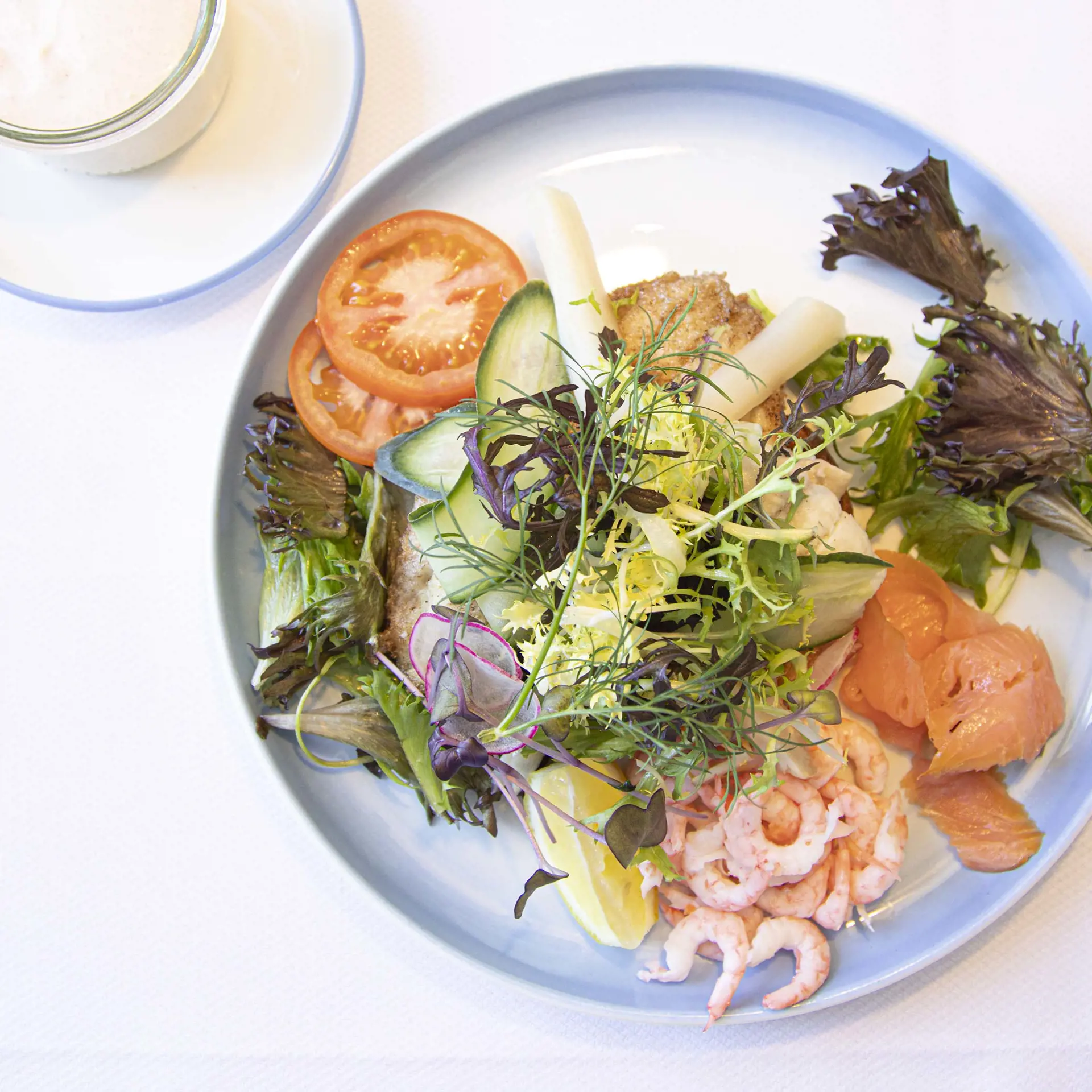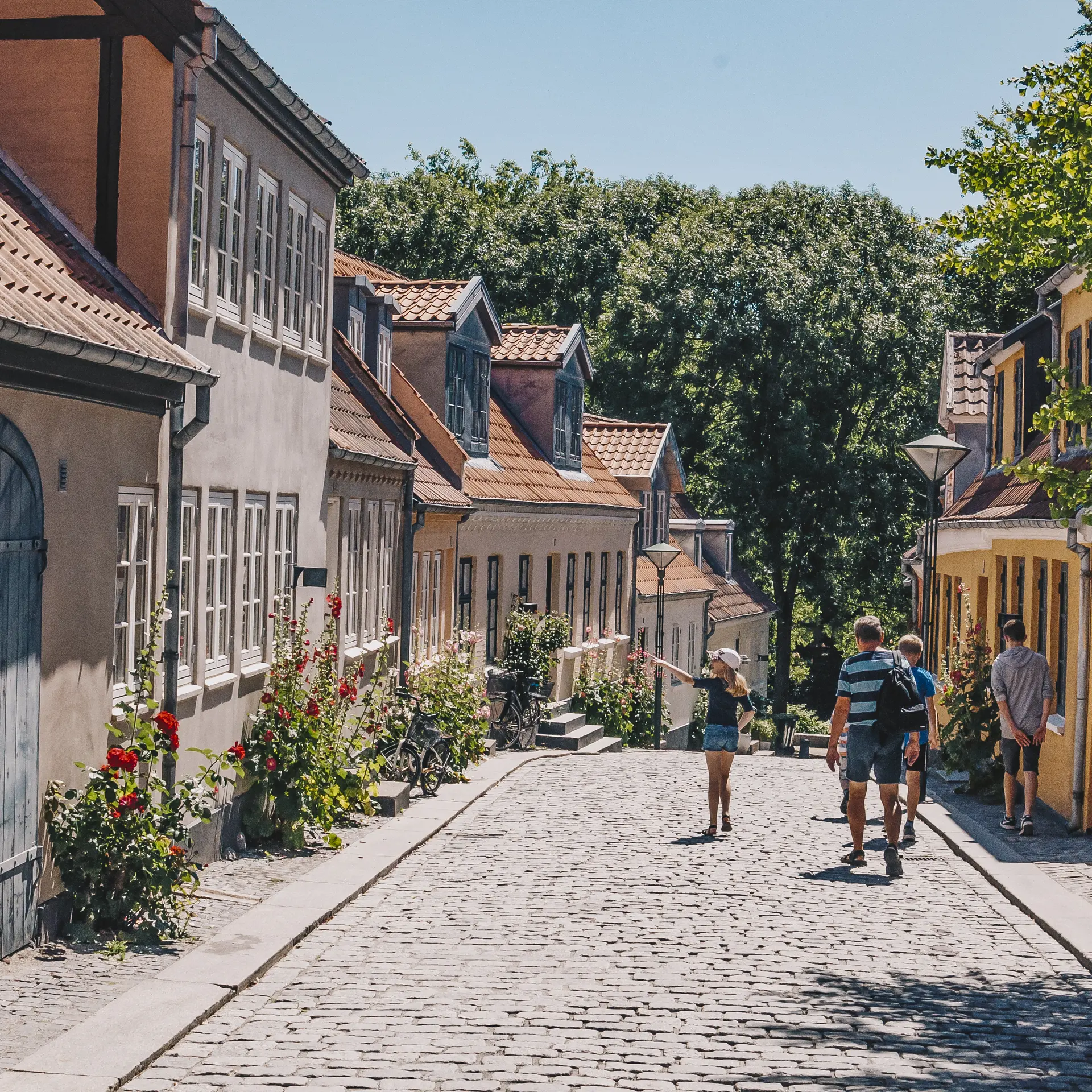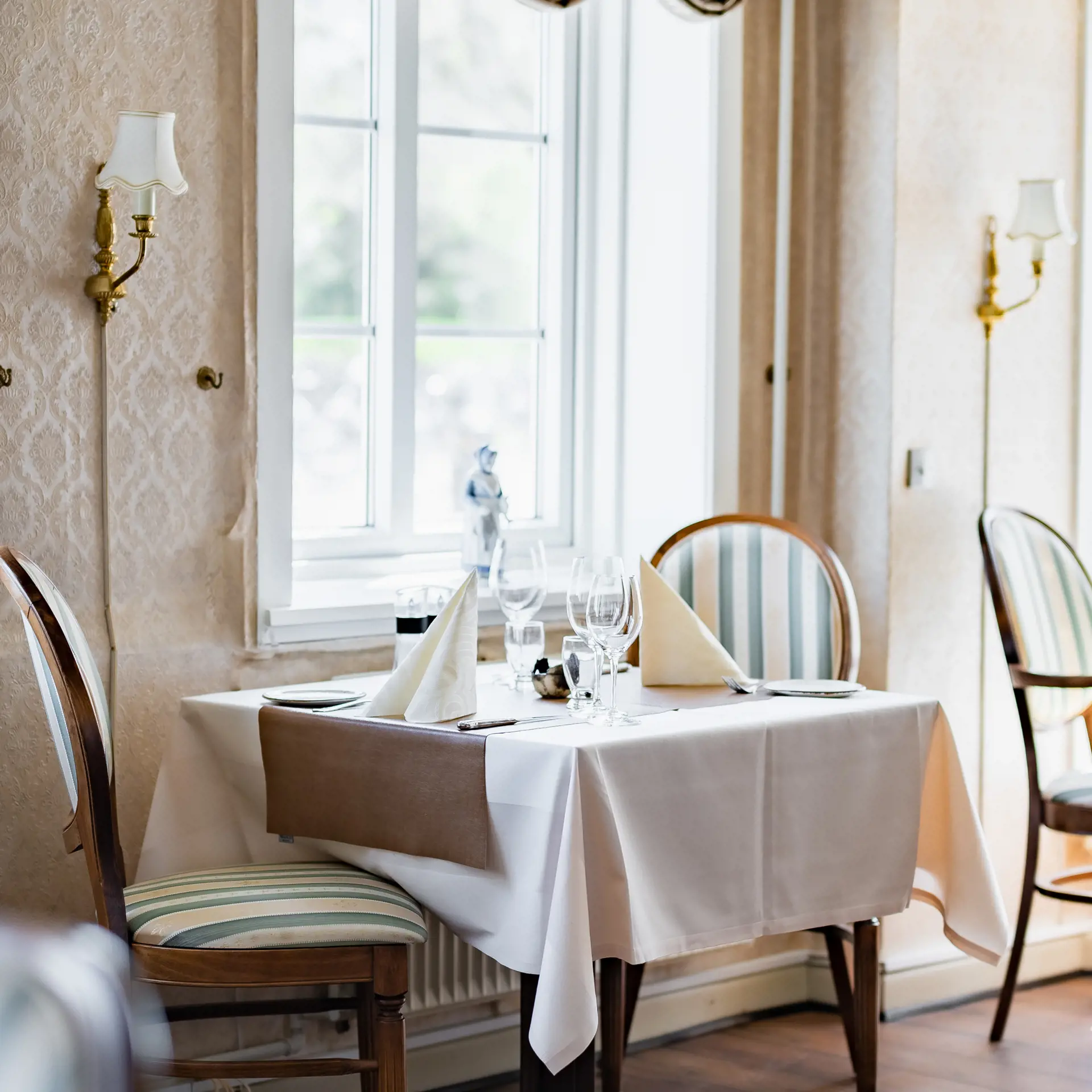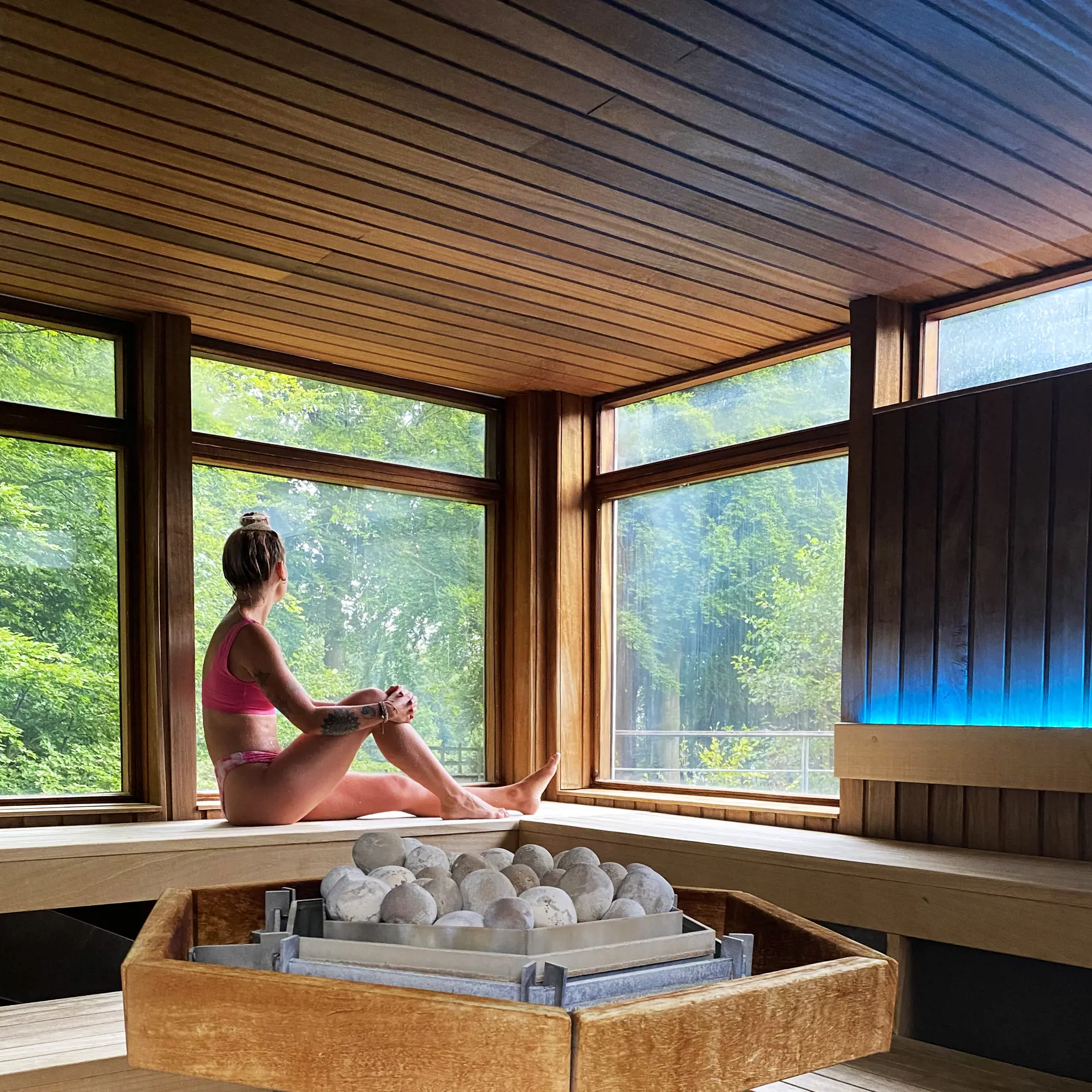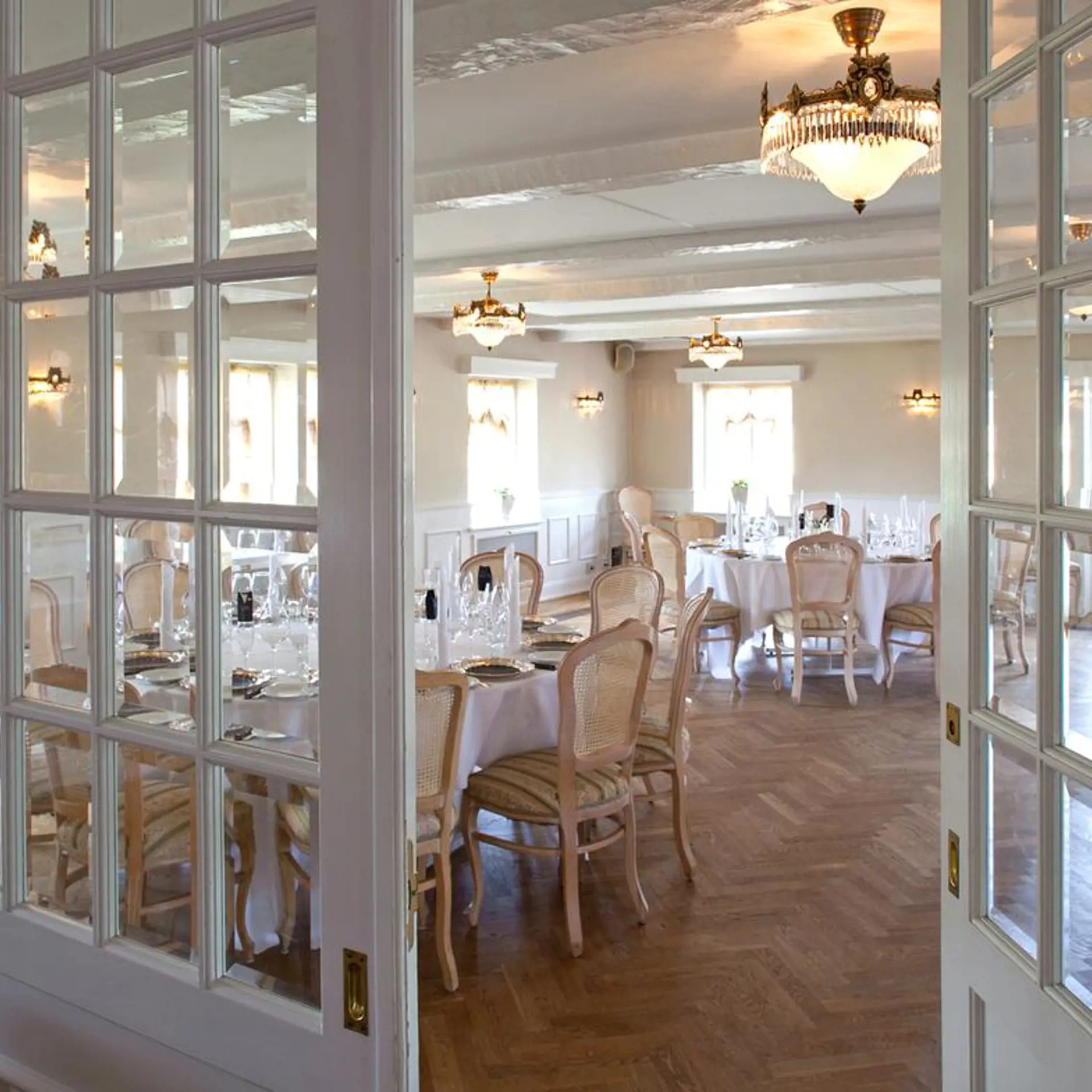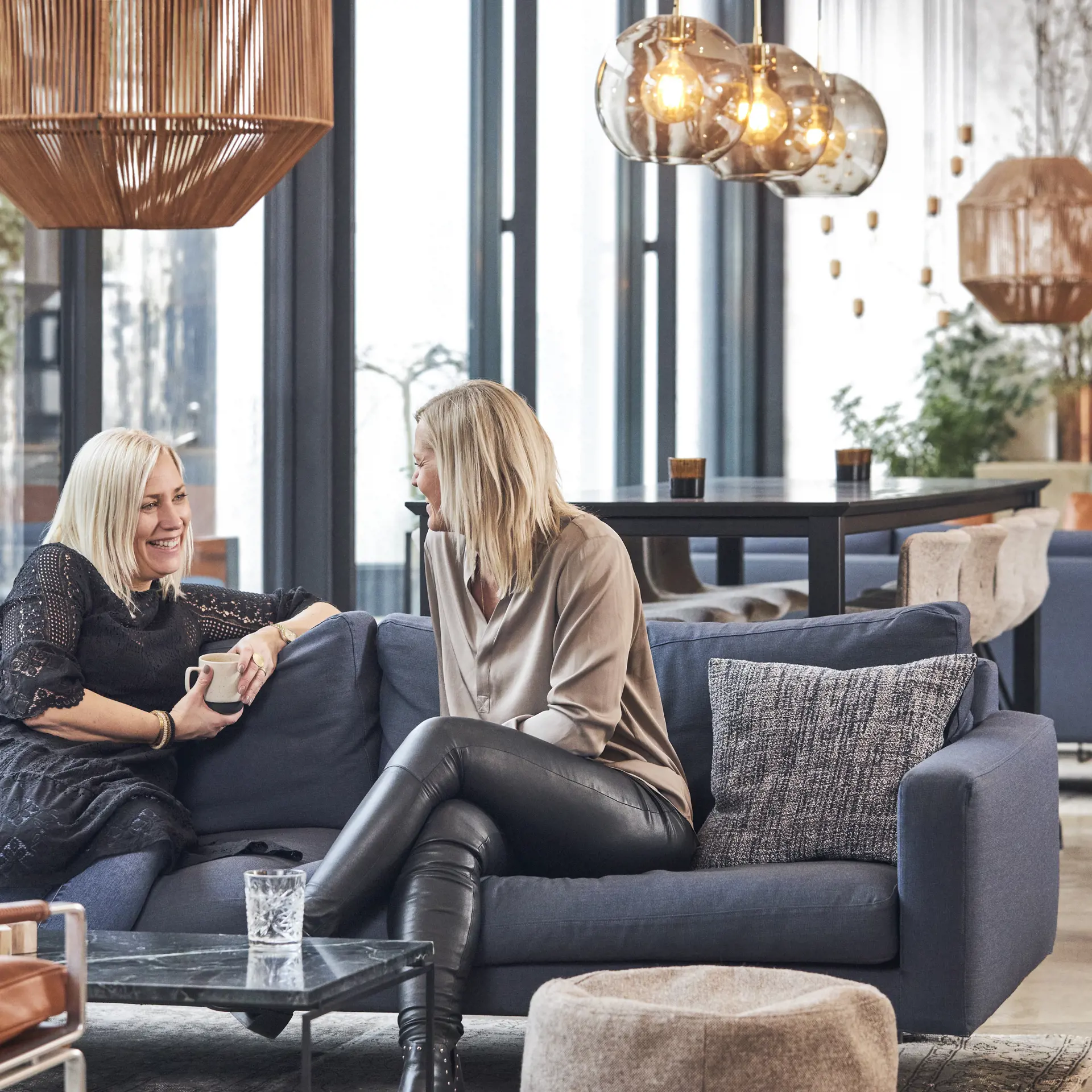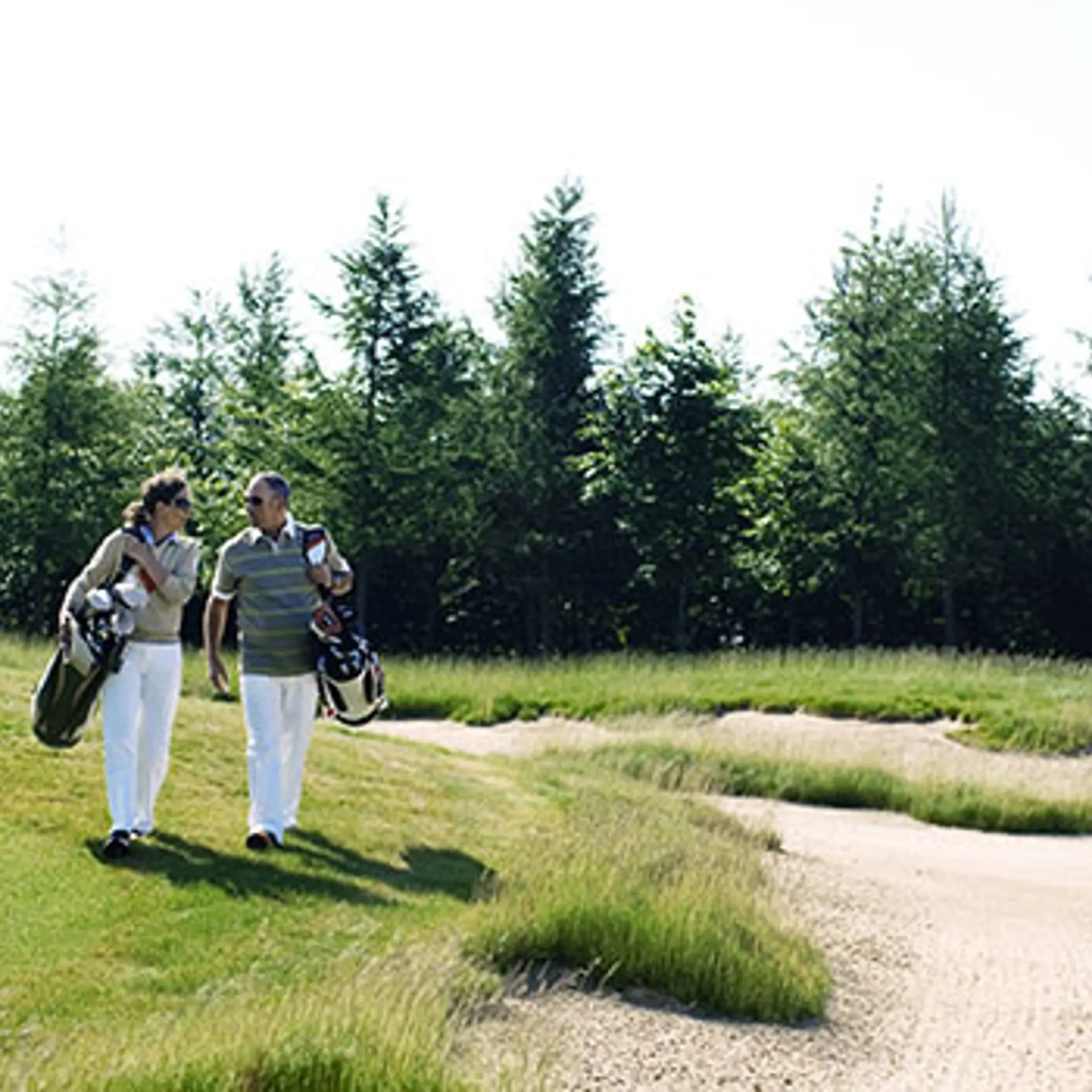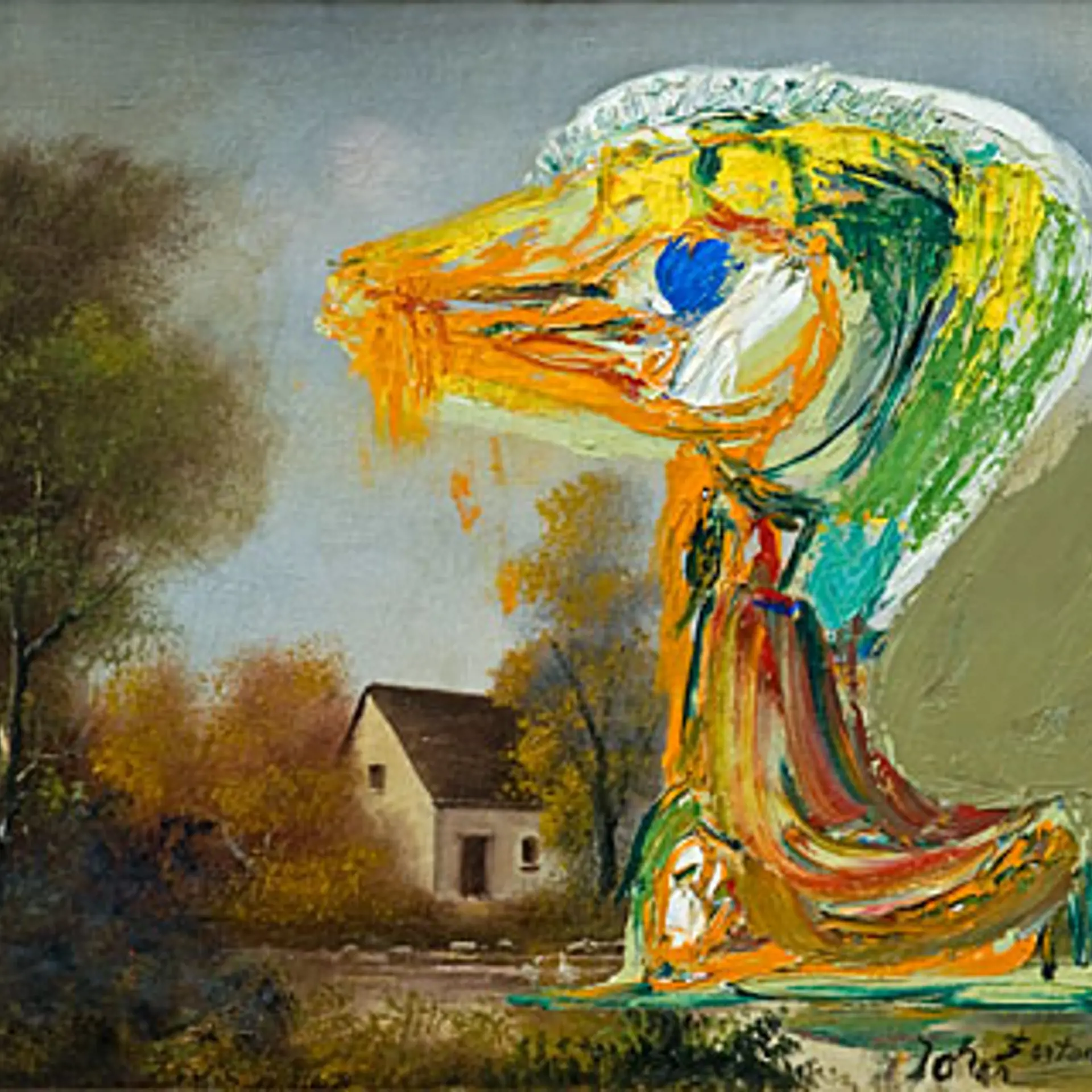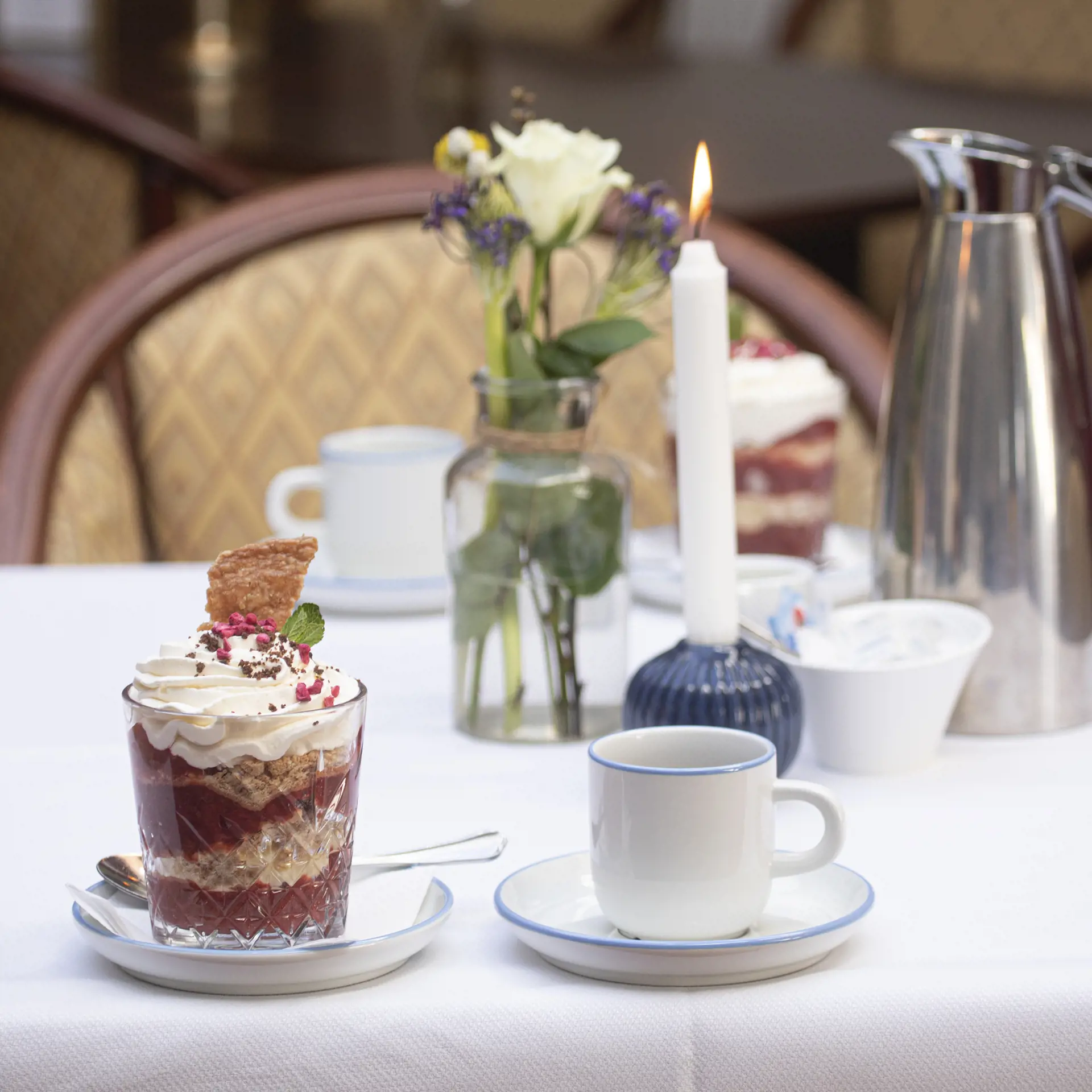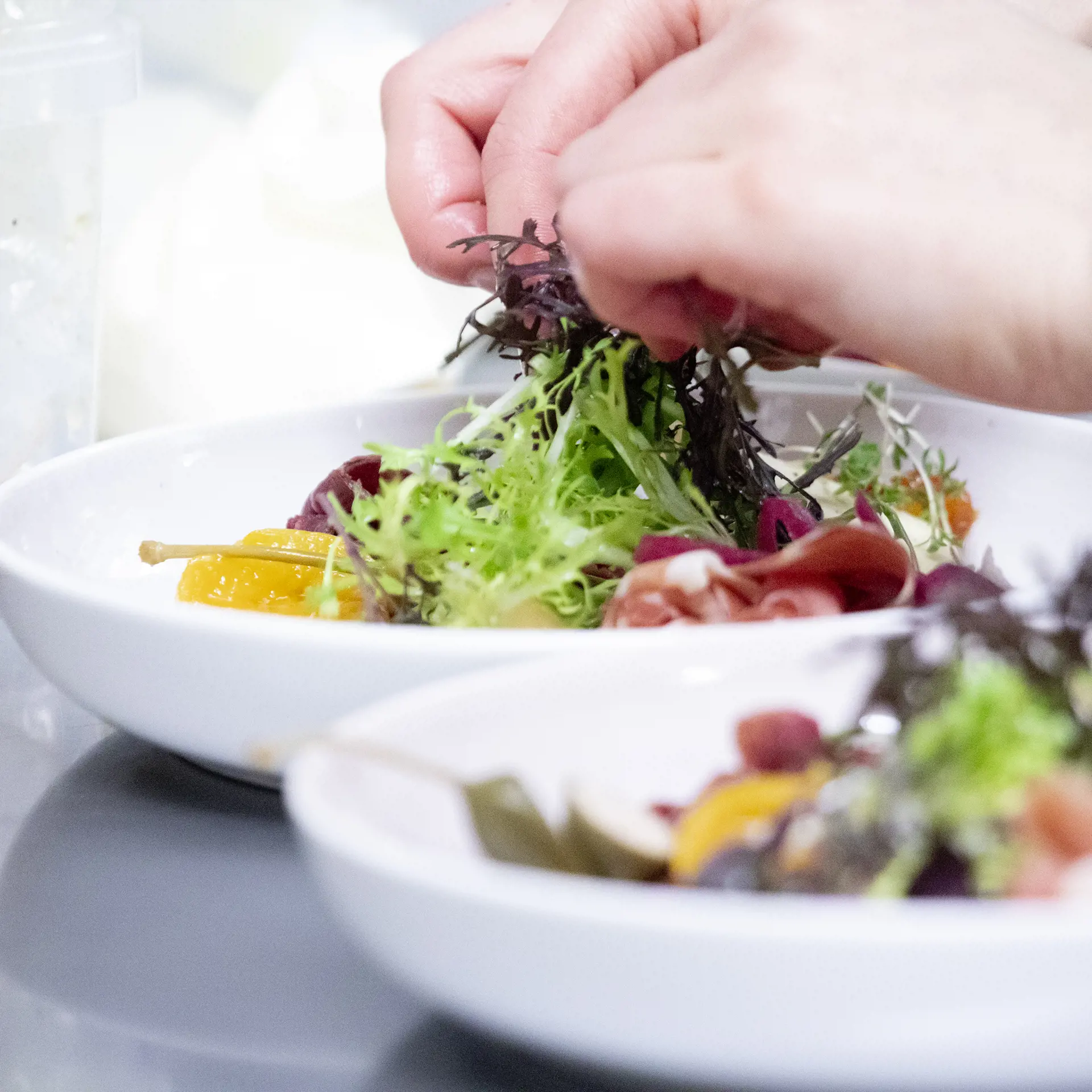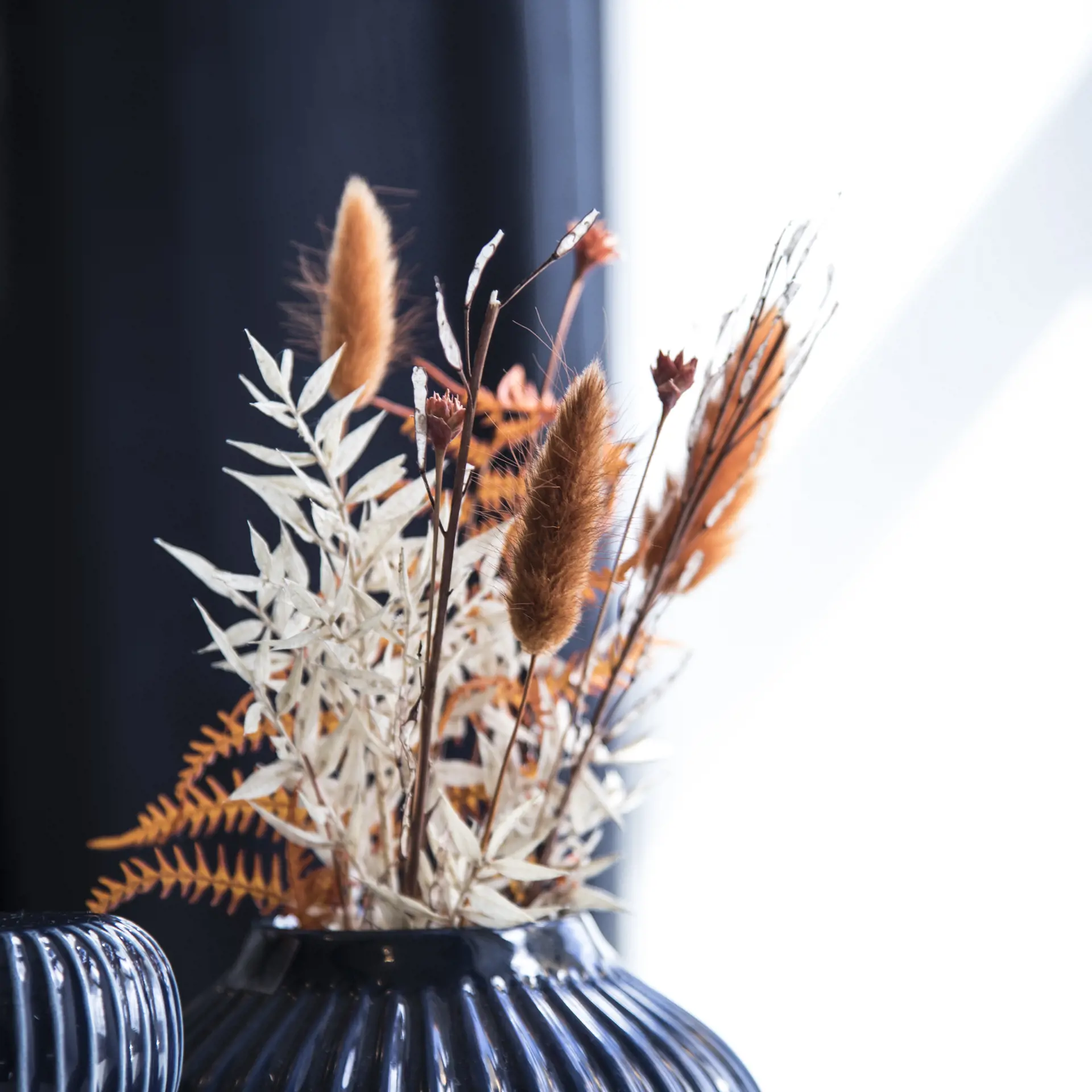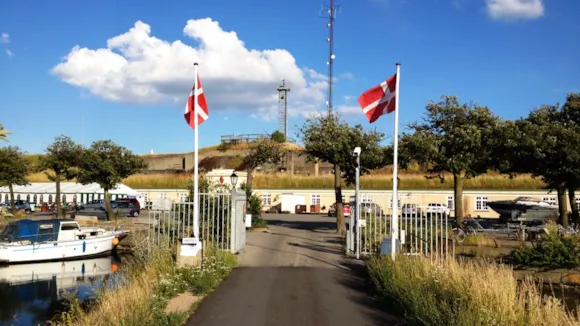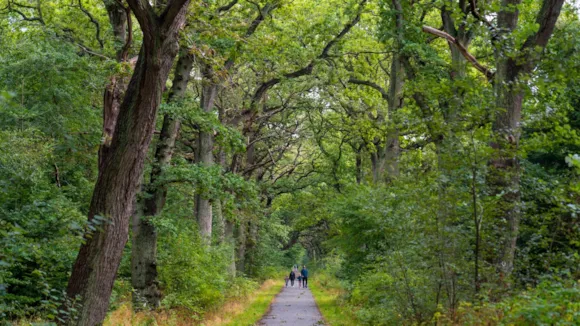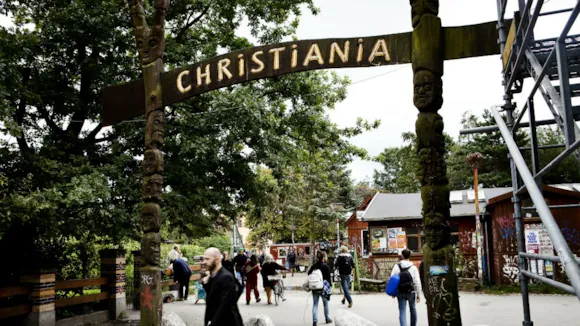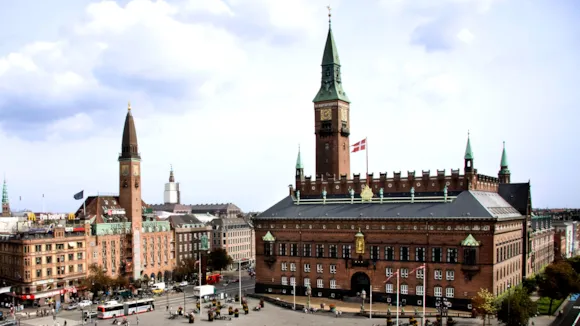Just a two-minute walk from Copenhagen Central Station, Tivoli Gardens welcomes you into a world of wonder. Founded in 1843, it’s one of the world’s oldest amusement parks and a true Copenhagen icon. But Tivoli is much more than just rides. When you enter the gates, you’ll meet twinkling lights, the sweet scent of the garden flowers and stalls, and the sound of laughter. You can chase the thrills from the many rides, enjoy a peaceful stroll through the beautiful gardens, experience magical live performances like concerts, ballet and theatre, eat great food, and much more. This unique mix of atmosphere, charm, and variety keeps both locals and visitors coming back time and time again.
Quick Facts
- Getting there: Next to Copenhagen Central Station
- Opening seasons: Summer (April–September), Halloween (October-November), Christmas (November-January). Check out the specific opening periods and hours on Tivoli's website.
- Tip: Tivoli is included in the Copenhagen Card (free entry + public transport)
- Don’t miss: Close to Tivoli, you’ll find Copenhagen City Hall and Strøget.
Frequently Asked Questions
What makes Tivoli unique?
Tivoli is one of the world’s oldest amusement parks, and its rich history is felt throughout. It blends classic and modern rides with stunning gardens and a wide range of great dining experiences.
Is Tivoli family-friendly?
Absolutely. Tivoli offers gentle rides, playgrounds, seasonal shows, and plenty of family-friendly restaurants.
When is the best time to visit?
Summer evenings for outdoor concerts and dining; October for Halloween decorations; and December for the Christmas market and festive lights. Expect the most visitors on Fridays, Saturdays and Sundays.
Is it possible to get guided tours in Tivoli?
Guided tours are offered during select times of the year, while self-guided audio tours are available year-round. For details, visit the Tivoli website.
Are the rides open every season?
Yes, all the rides are open every season. However, if the weather is very windy or rainy, they will be temporarily closed.
Rides and Attractions
- Wooden Rollercoaster (1914): One of the world’s oldest wooden coasters still using a brakeman.
- Villa Vendetta: Denmark’s largest haunted house with 12 themed rooms.
- The Demon: Without a doubt, one of the wildest rides in the garden.
- Classic nostalgic rides: Including carousels and bumper cars for younger visitors.
- The Game stalls: Play, test your luck, and win sweets and toys.
Music and Events
Live performances in Tivoli:
- The Open-air Stage: Experience Friday Rock concerts with international and local artists, and much more on the open-air stage. Note that the Friday Rock concerts are only in the summer season.
- The Concert Hall and The Glass Hall: These venues host various concerts, musicals, and other events throughout the year. Note that you must purchase a separate ticket for these events.
- The Pantomime Theatre: Ballet all year round.
Check Tivoli’s website to see which live performances are happening right now.
Seasonal Magic
Tivoli transforms throughout the year with special decorations, markets, and events:
- Halloween: Step into Tivoli’s enchanted and beautifully decorated autumn garden, where hundreds of pumpkins, winding paths, and golden fall leaves set the mood. As darkness falls, thousands of lights transform Tivoli into a magical wonderland filled with glowing colors and a truly unique atmosphere.
- Christmas: Get red cheeks on the rides, indulge in the snow-covered stalls, or stroll around the Christmas-lit garden. Tivoli is the best place for Christmas traditions with your loved ones.
- Summer: Enjoy the long, warm days with the thrilling rides, big outdoor concerts, and relaxed strolls through the blooming gardens — summer at Tivoli is full of life, colour, and unforgettable moments.
Why Visit Tivoli Gardens?
Tivoli isn’t just an amusement park – it’s part of Copenhagen’s cultural identity. Generations of Danes have grown up here, and millions of international visitors come every year to experience its unique blend of history, thrills, food, and atmosphere. Whether you’re riding the rollercoasters, dining in style, or simply wandering through the gardens, Tivoli promises memories that last a lifetime.
